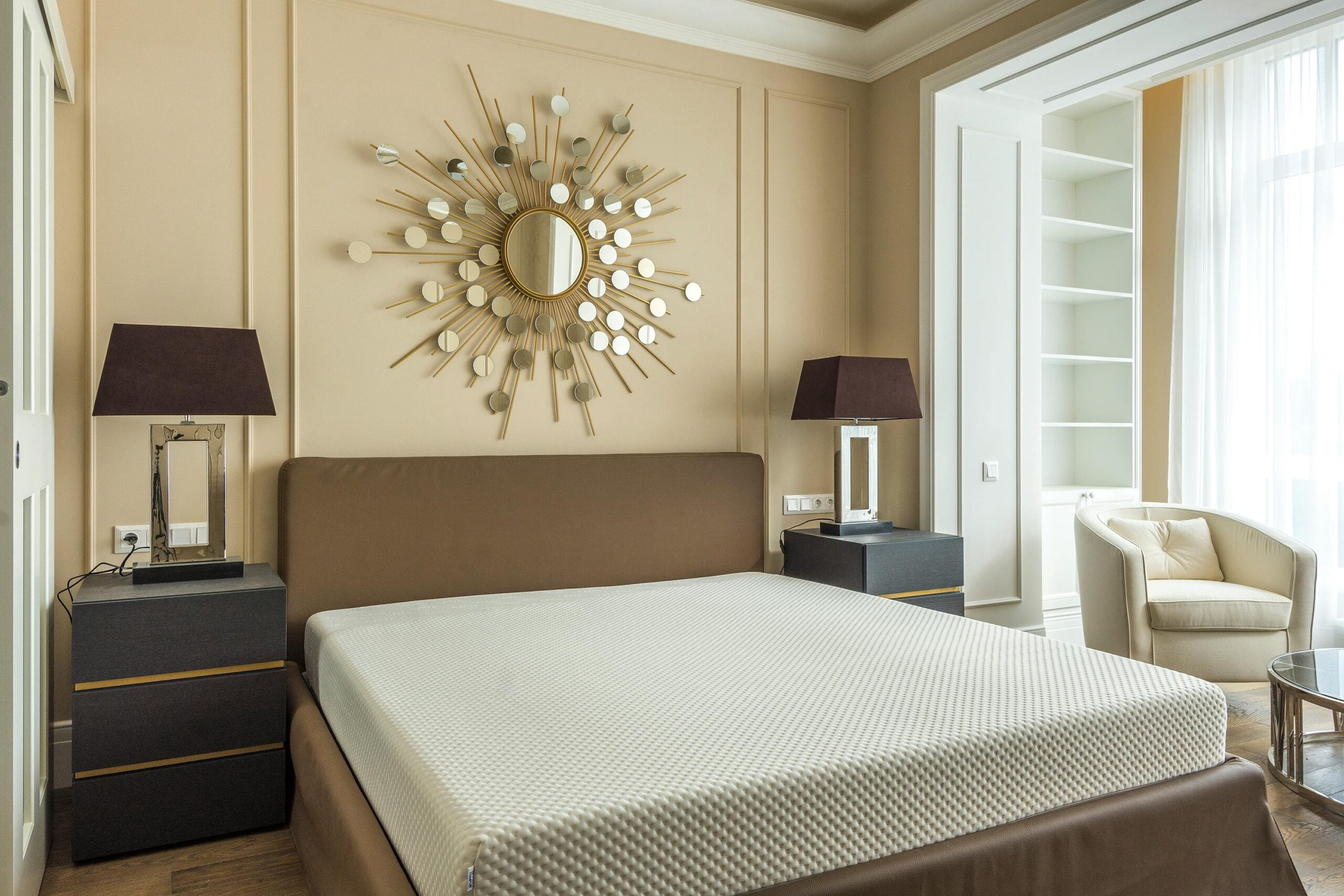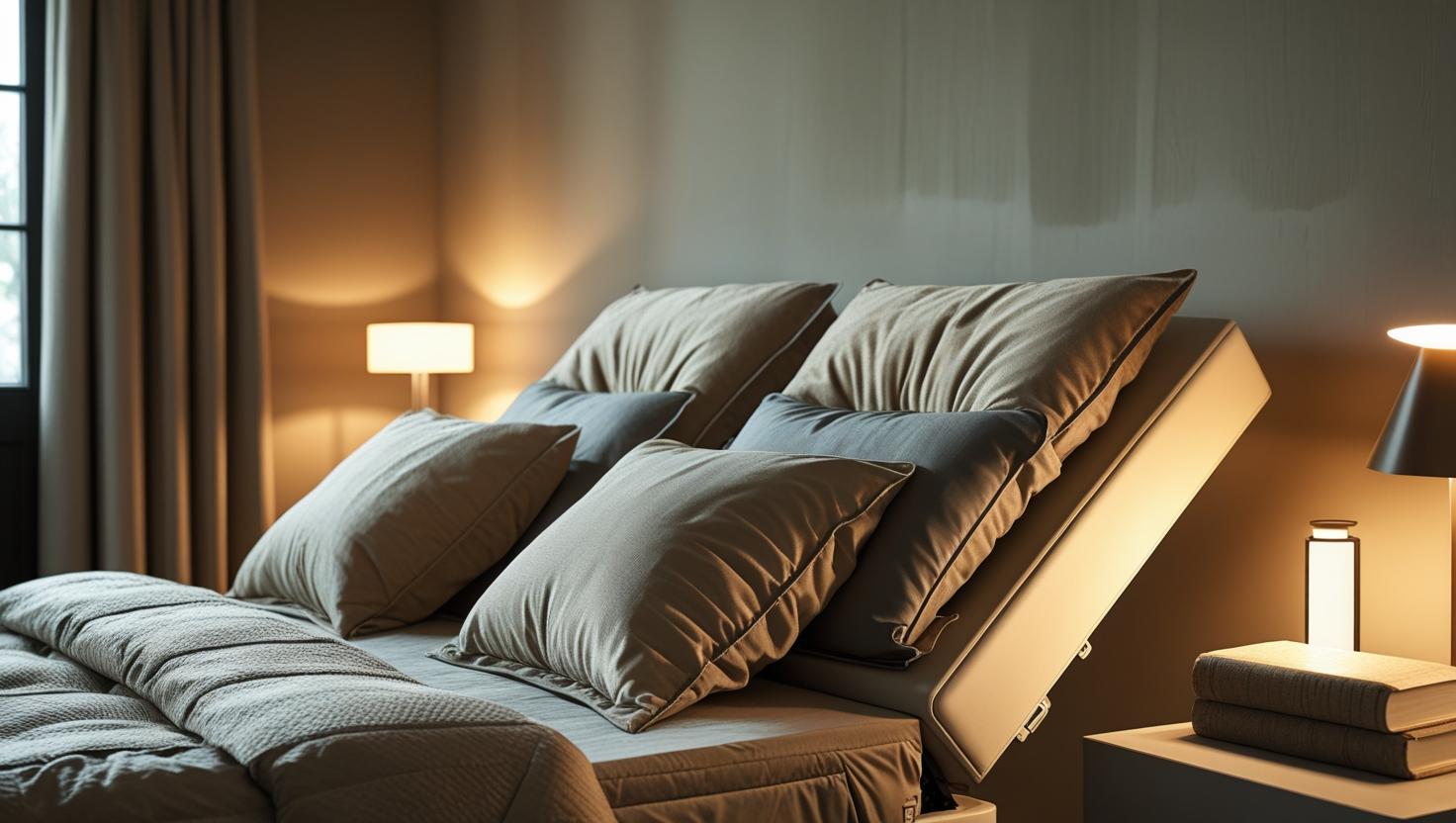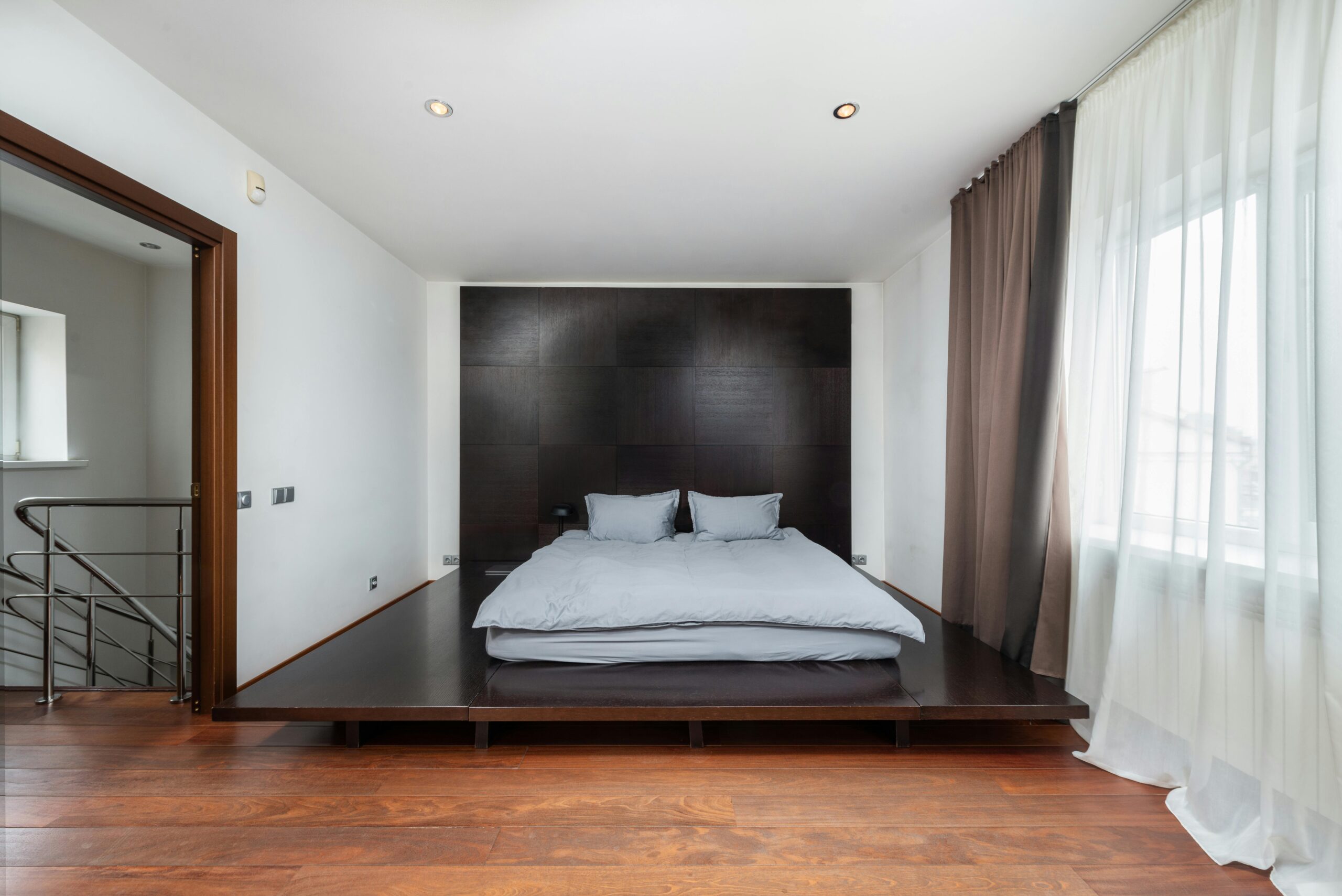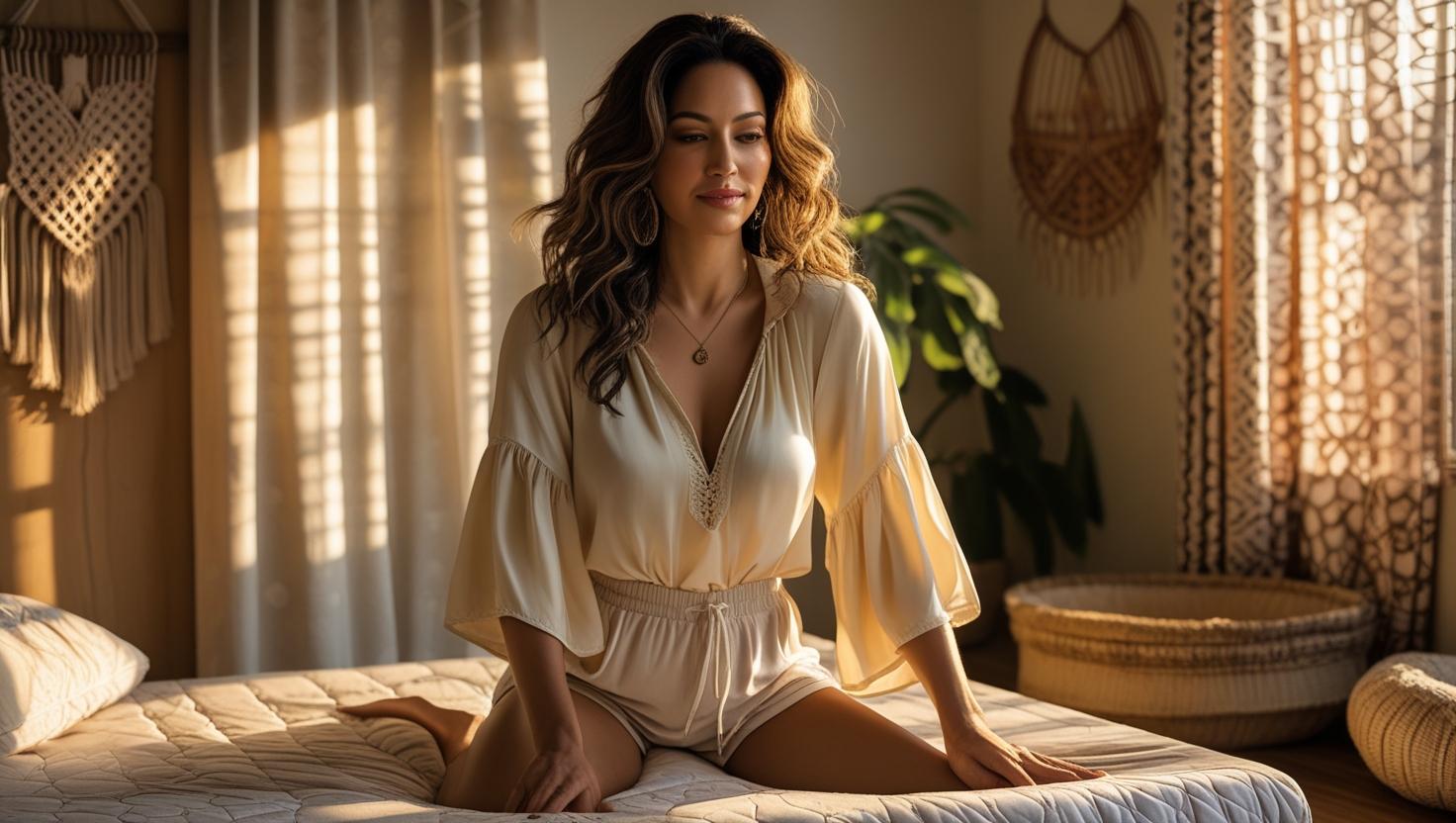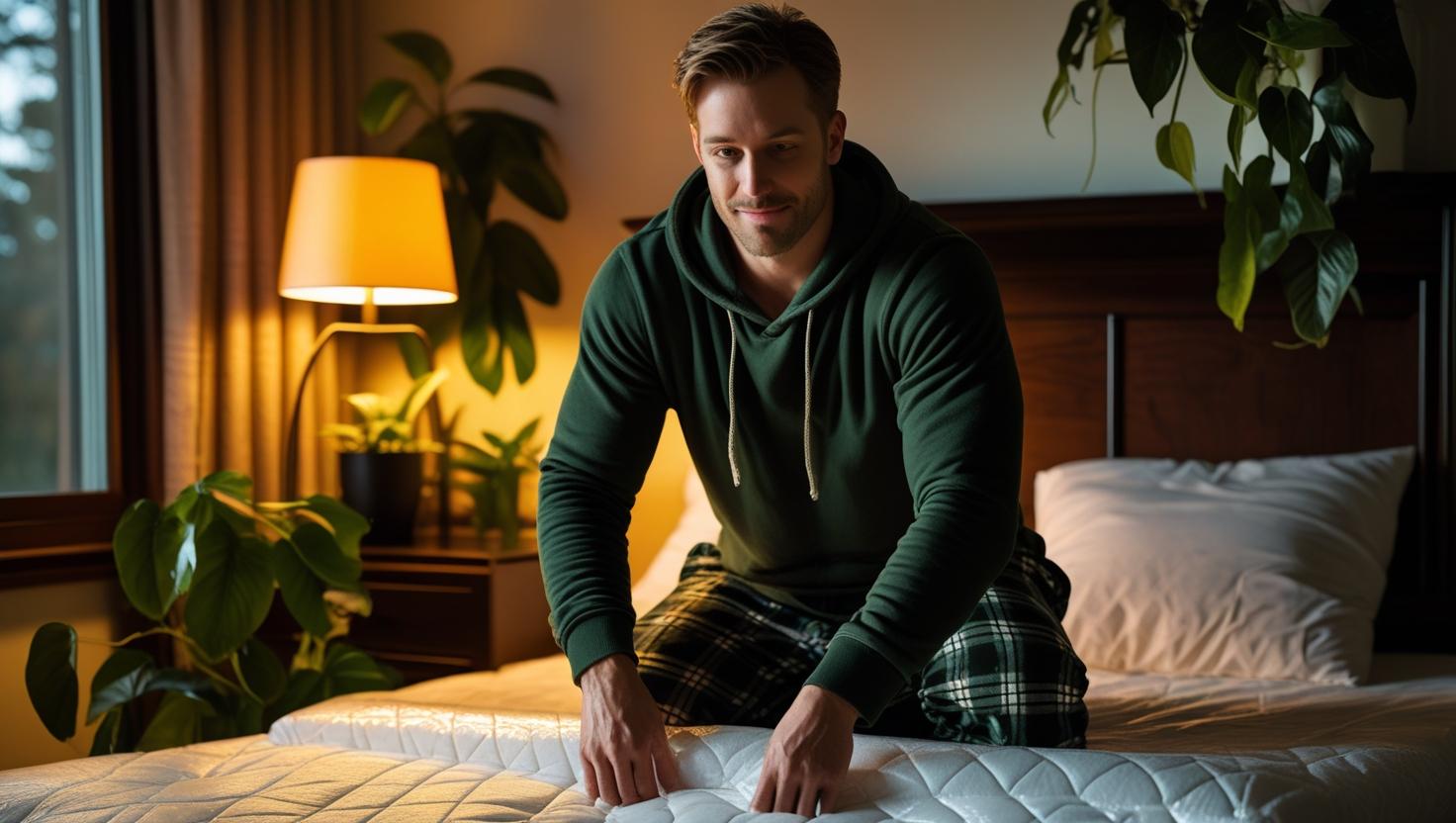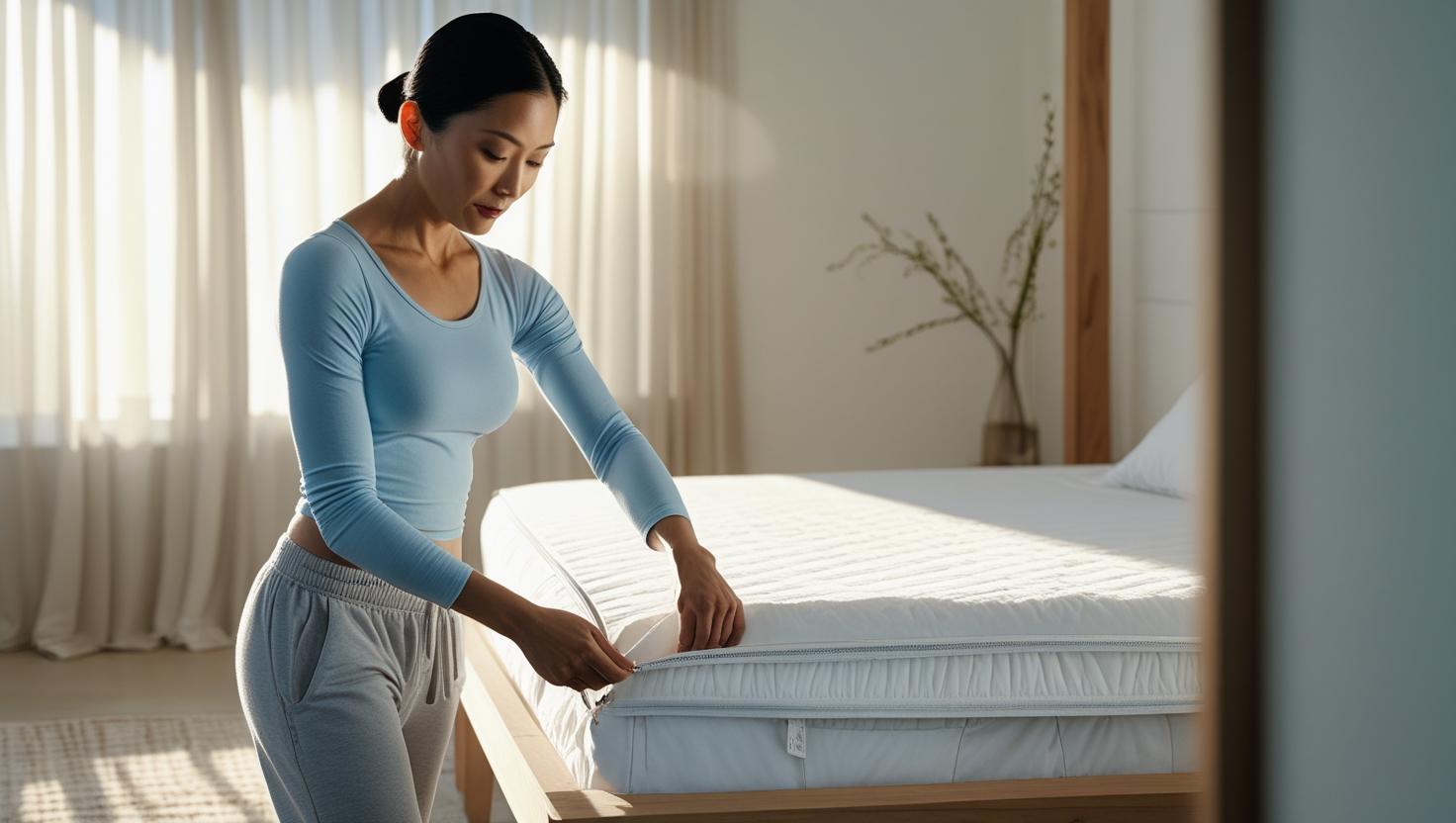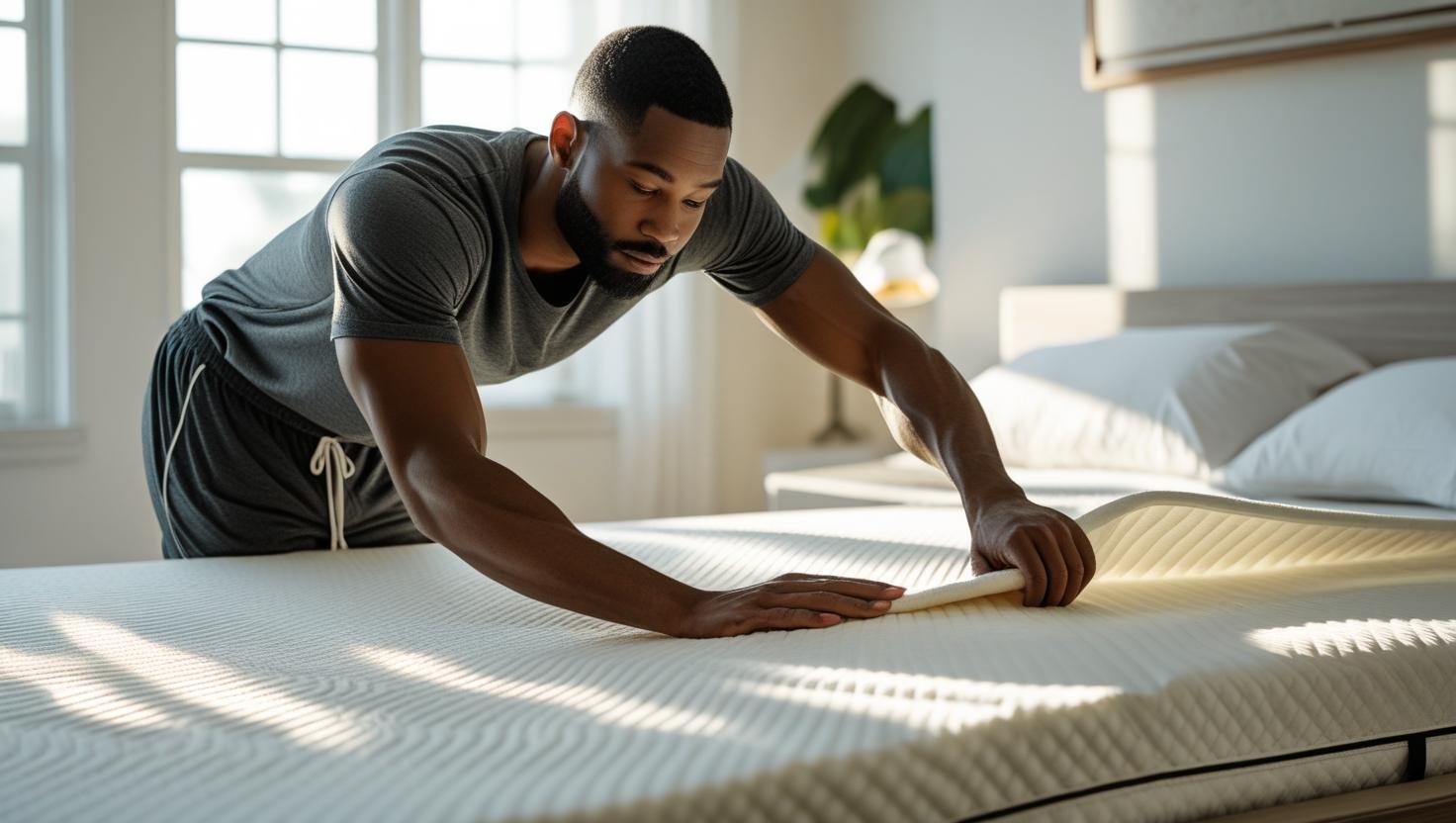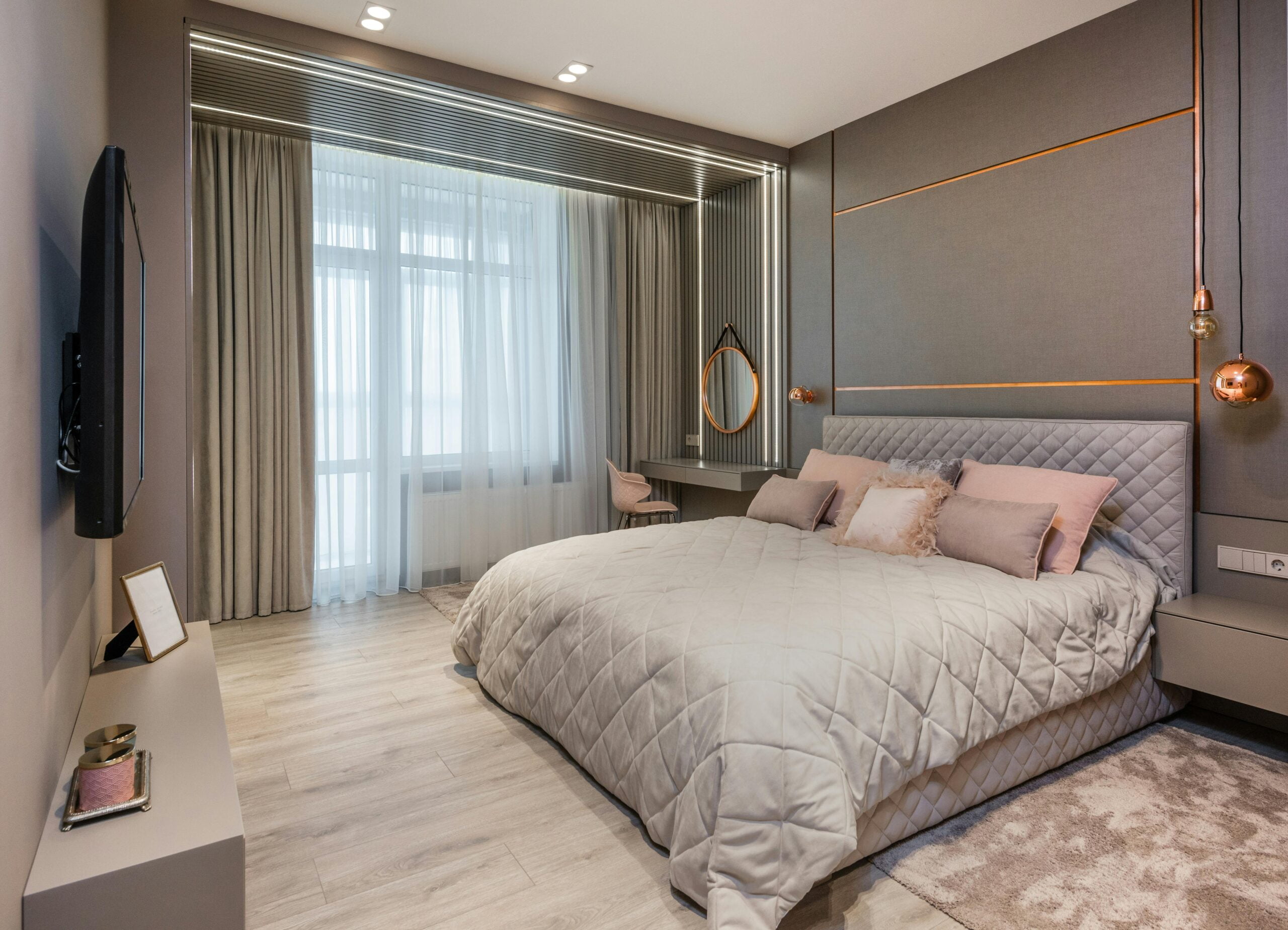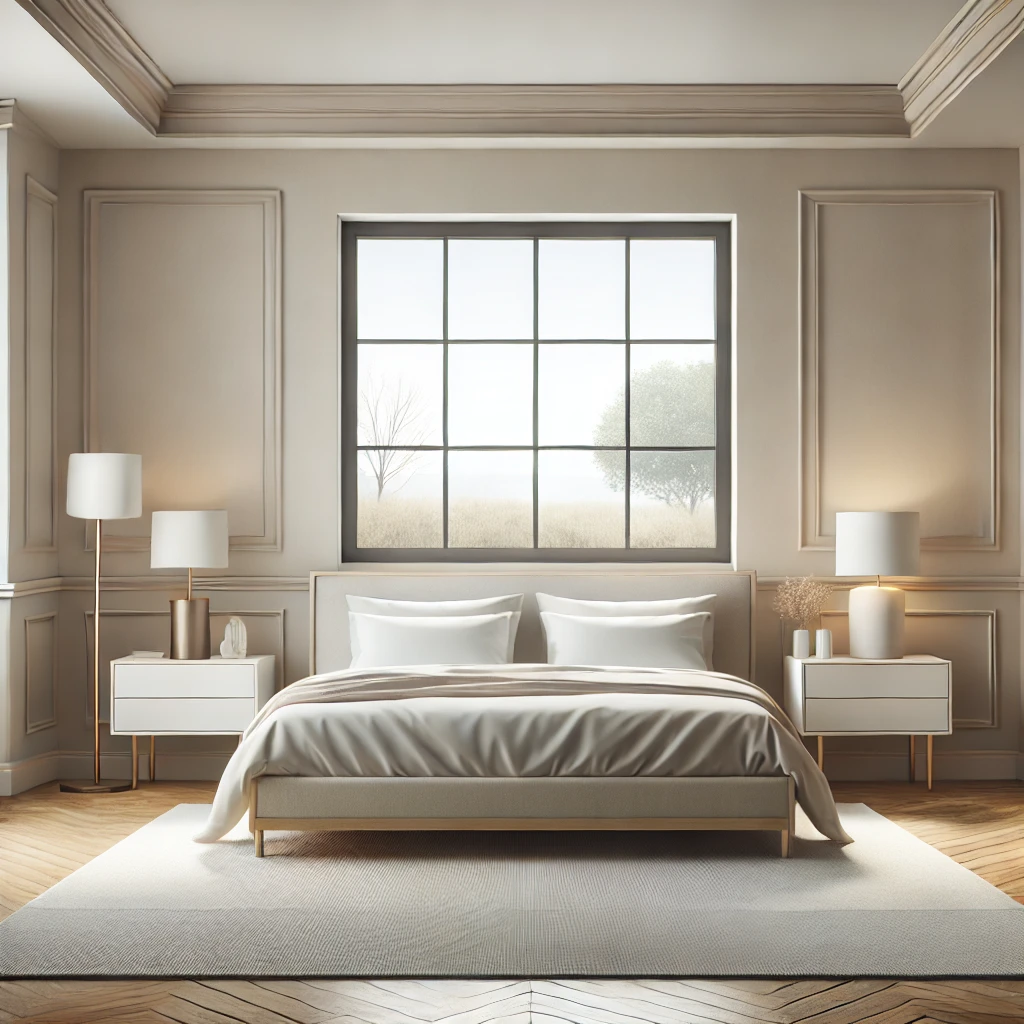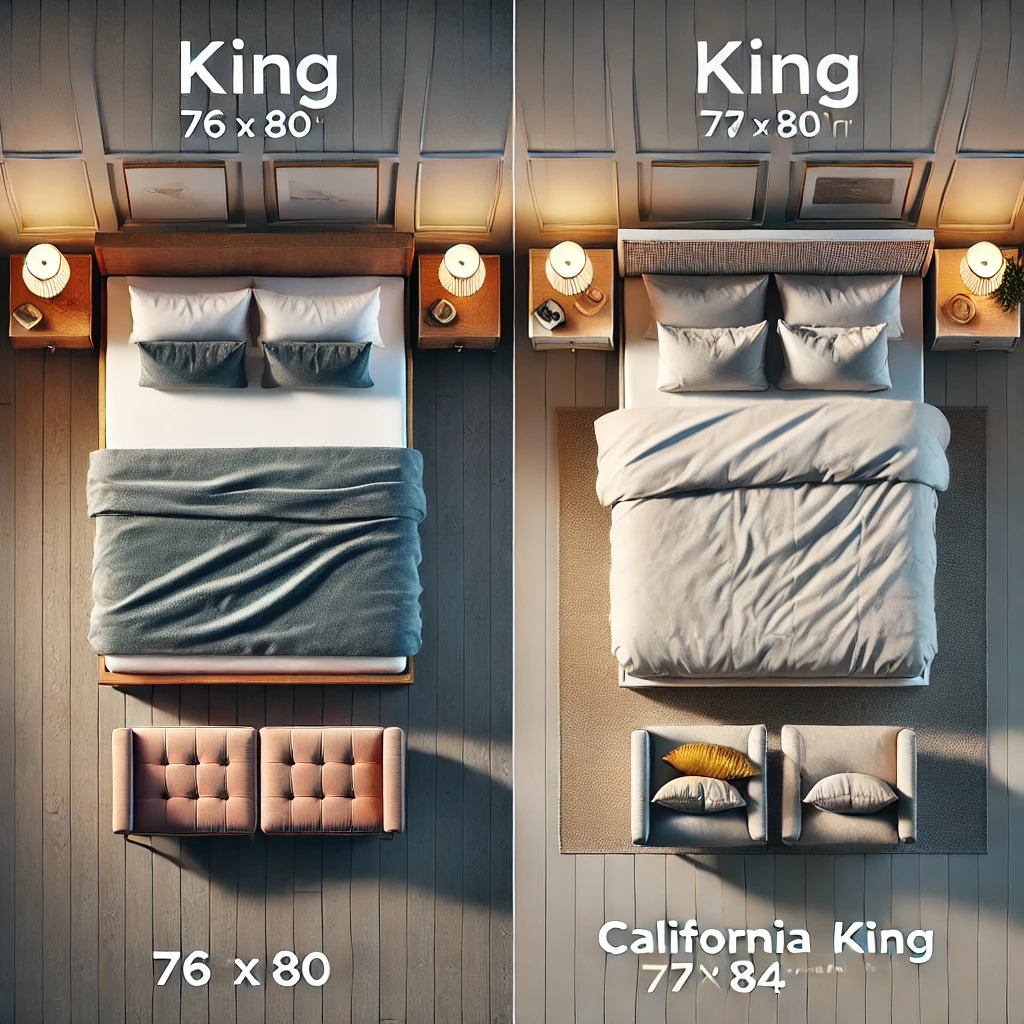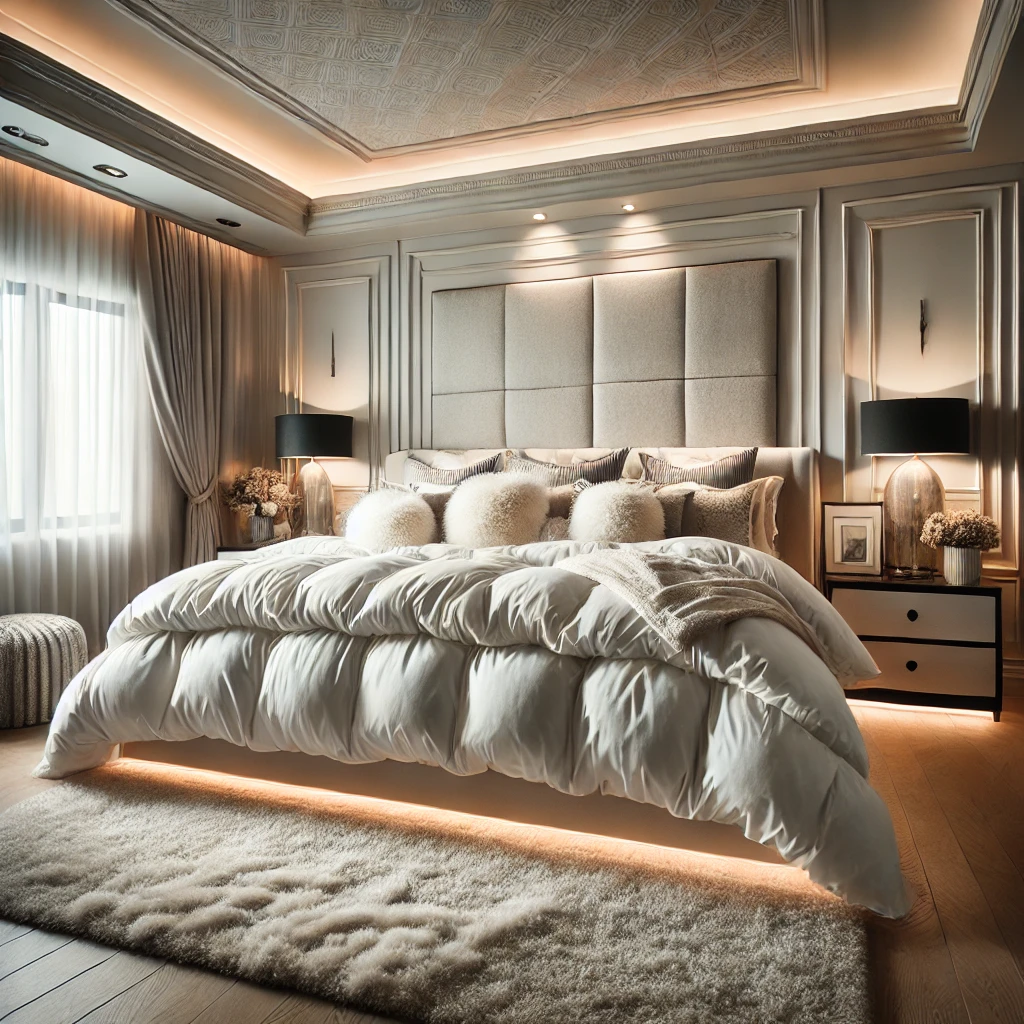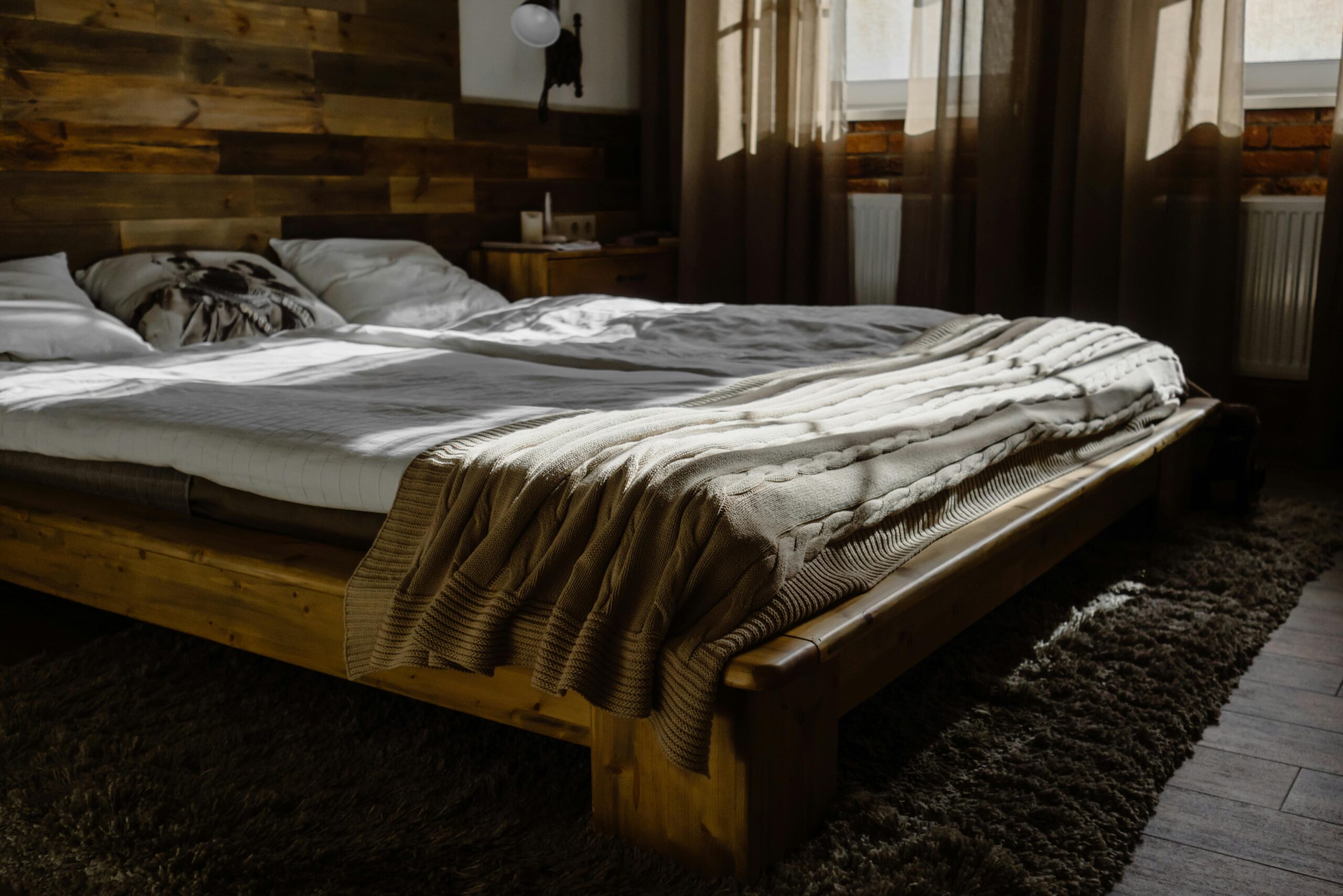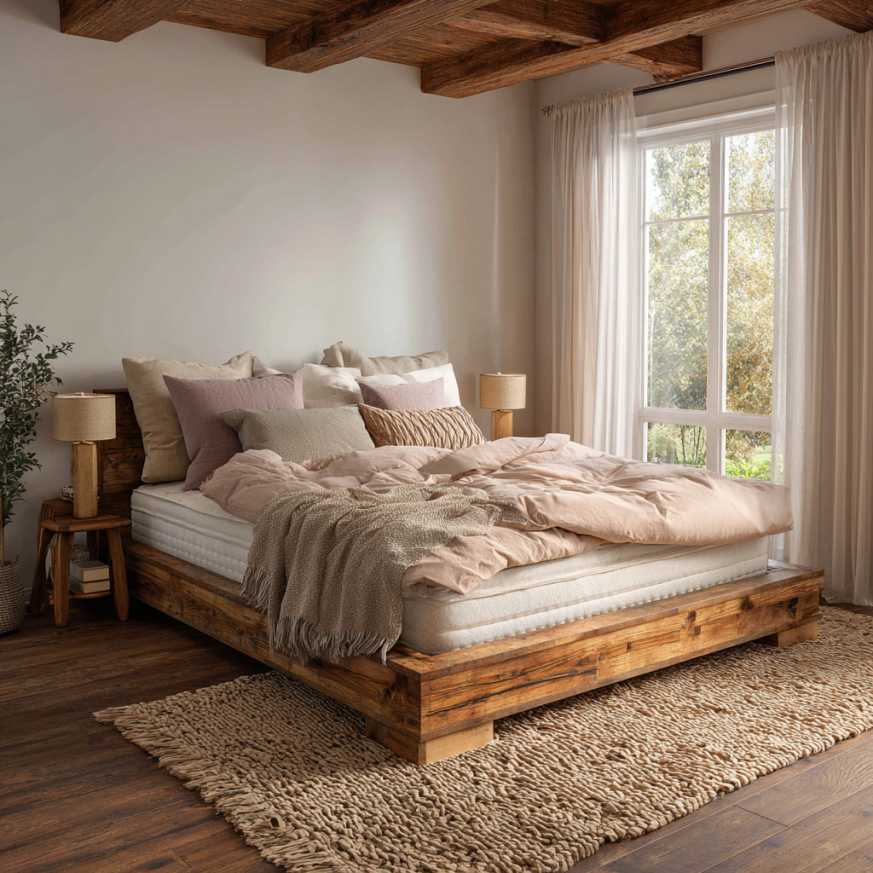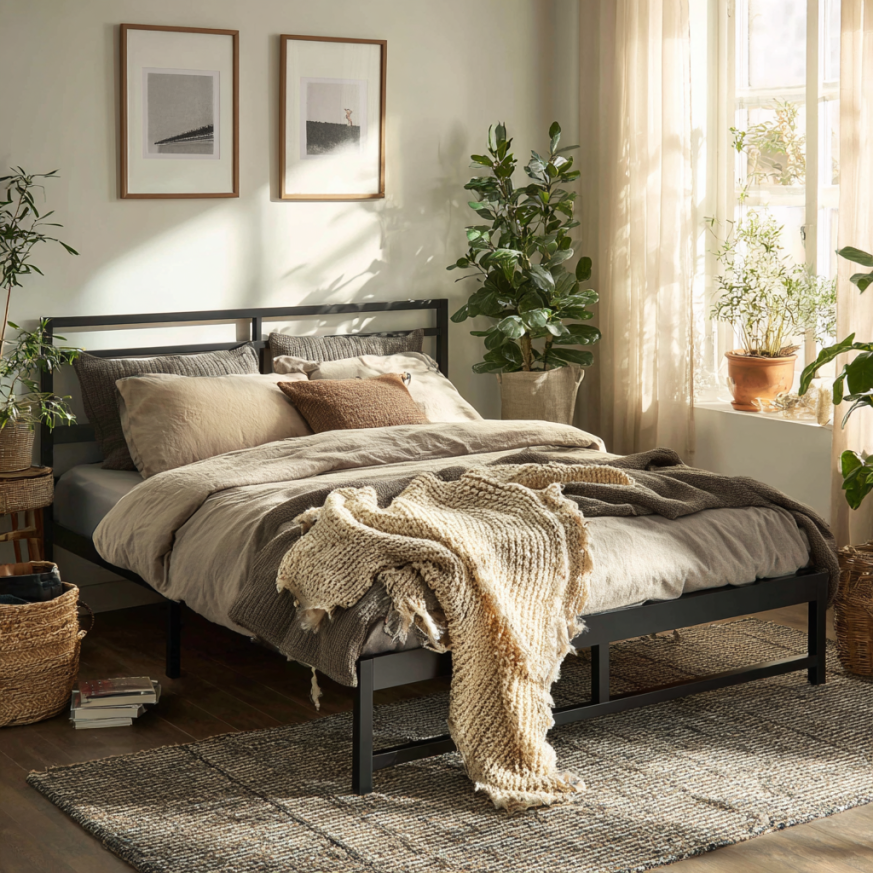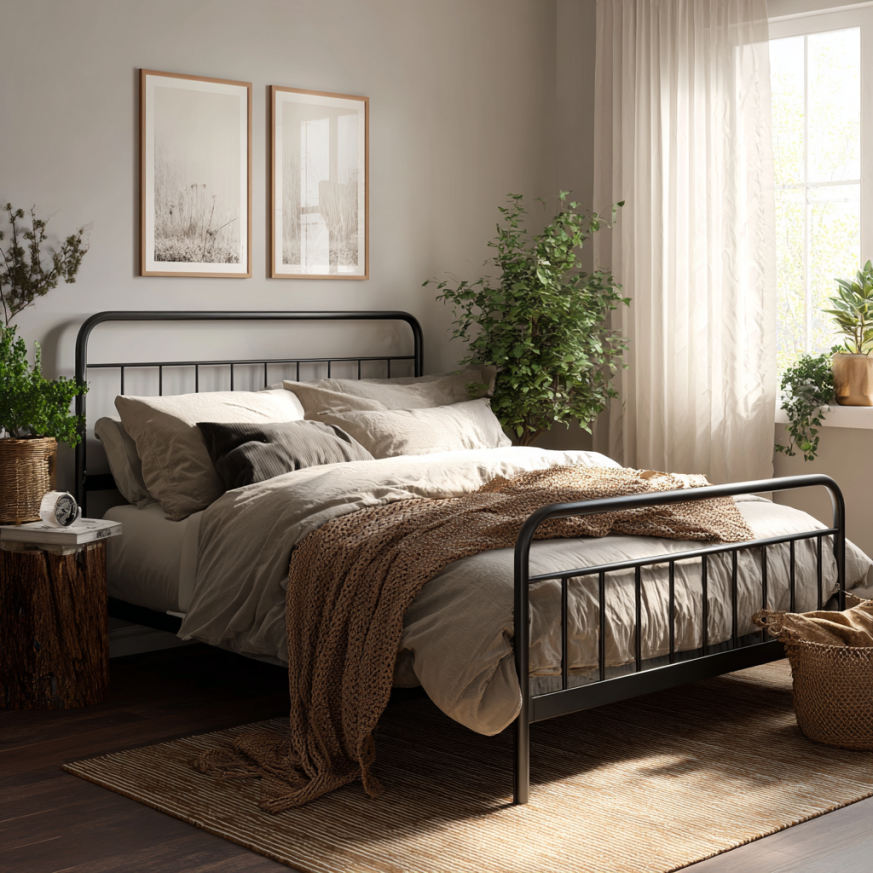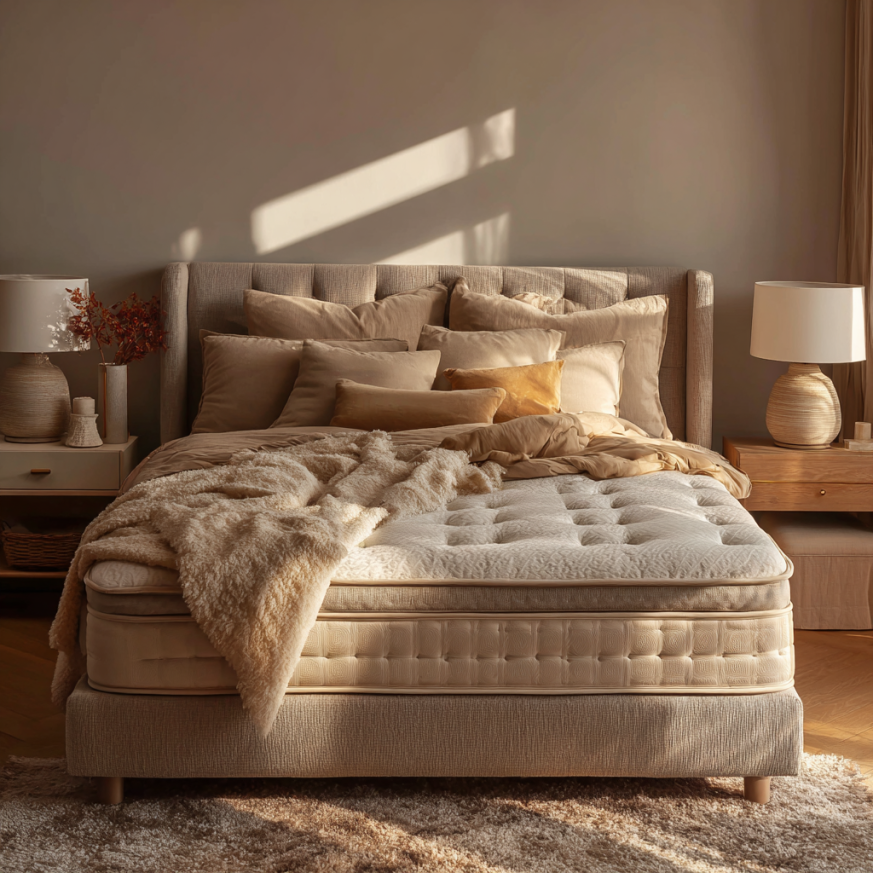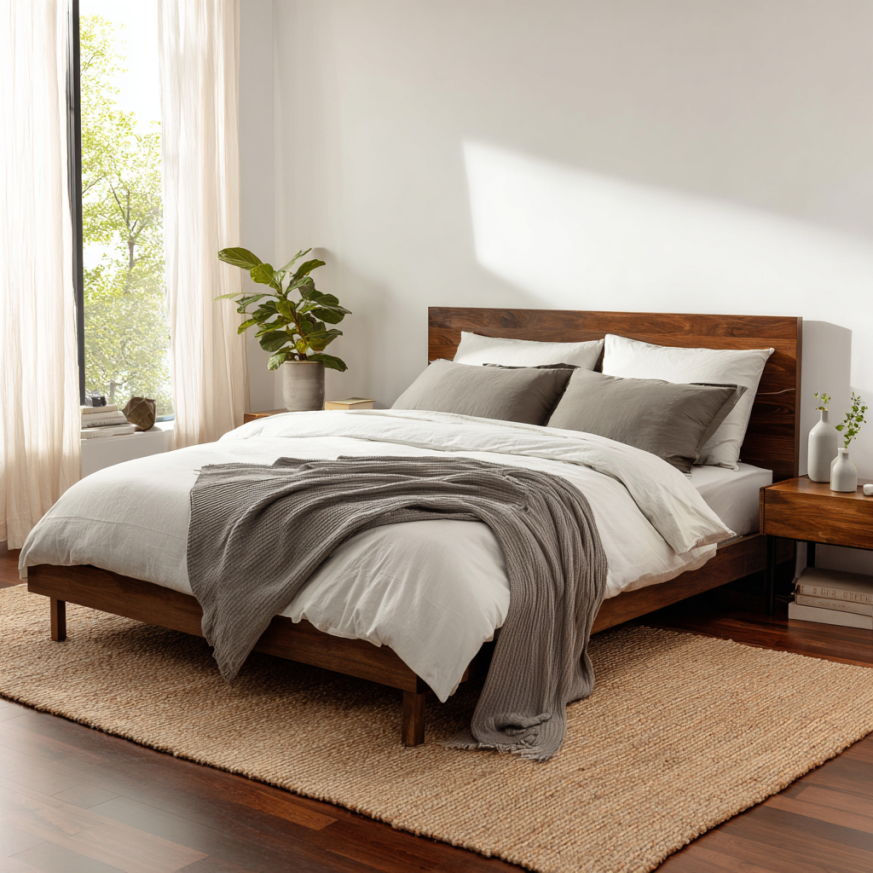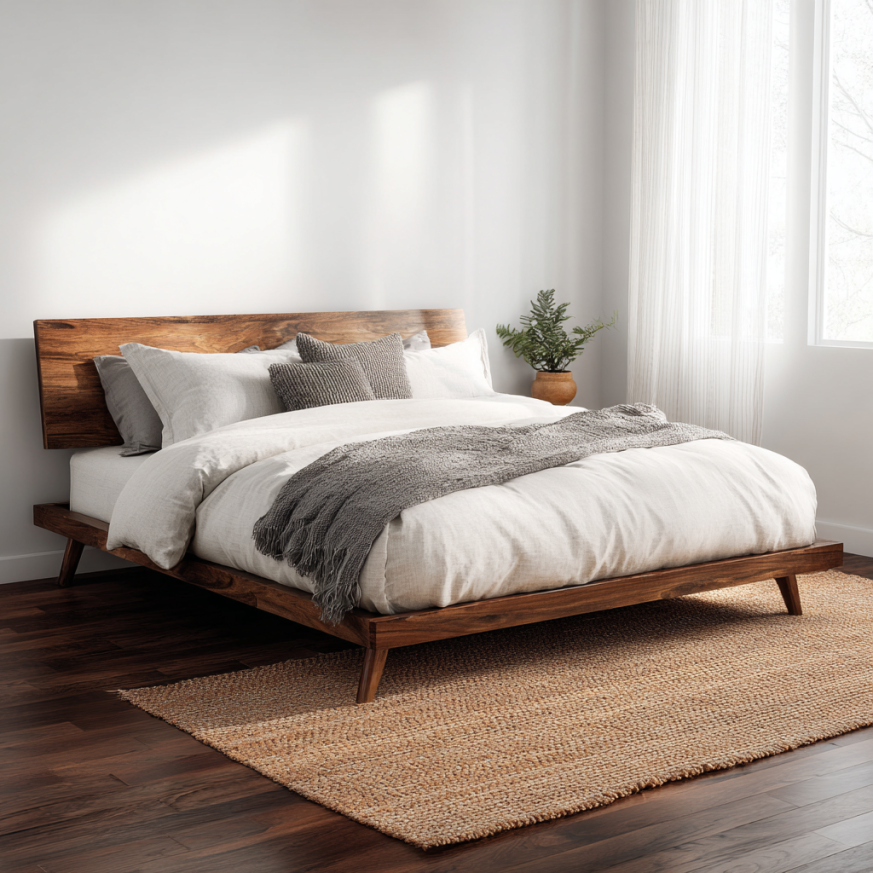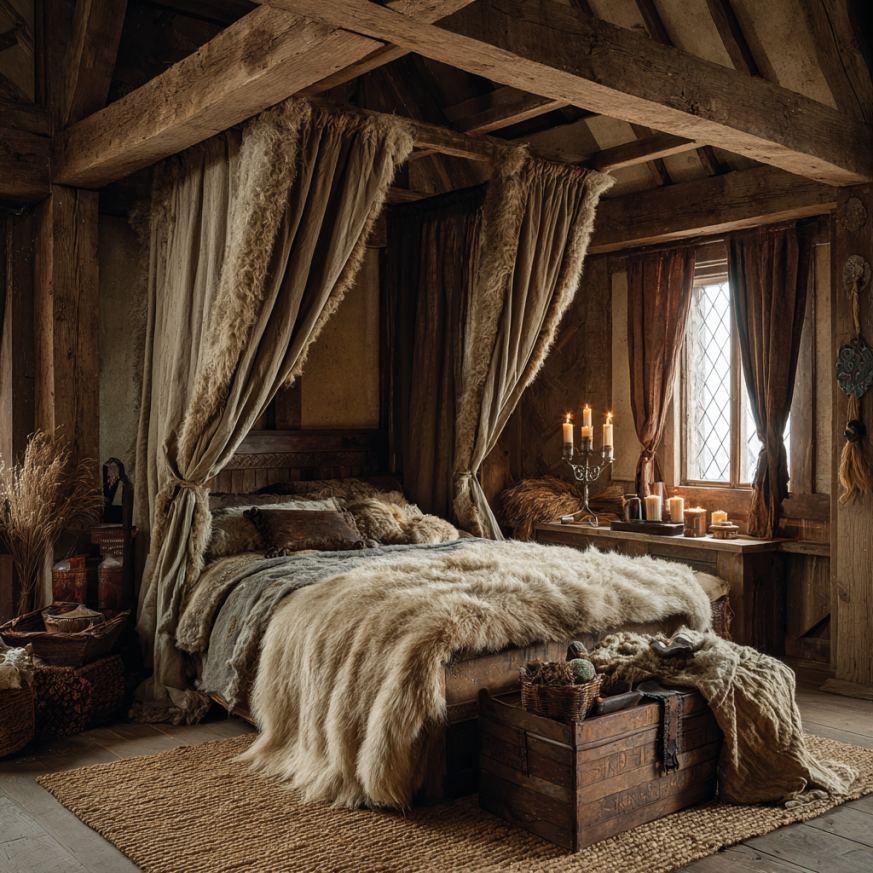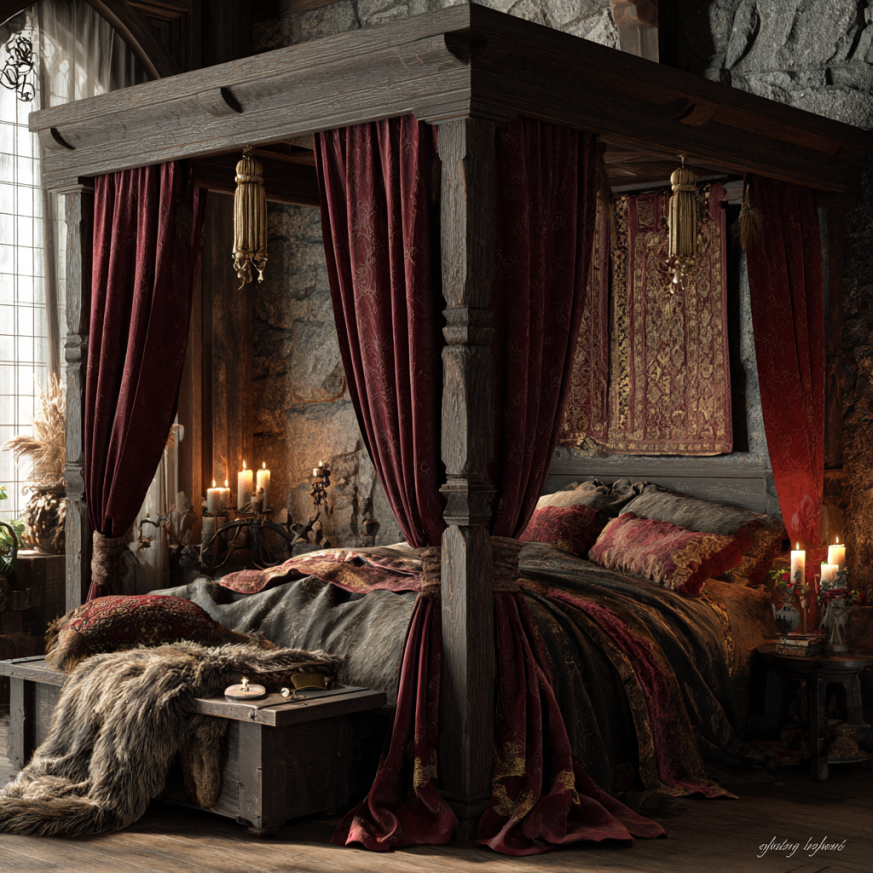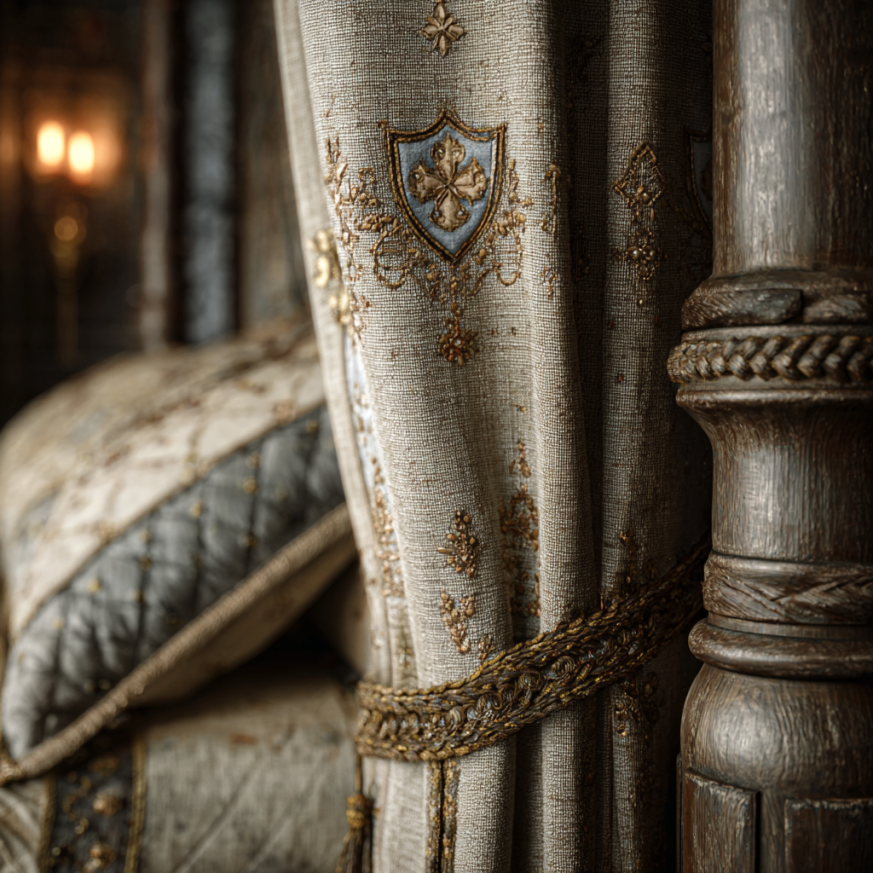Best Toddler Bed Mattress
Choosing the best toddler bed mattress is about more than comfort—it supports safe sleep, steady growth, and calmer mornings for your little one.
Key Takeaways: toddler bed mattress
- Fit comes first: A toddler bed mattress should fit snugly in the frame with no gaps wider than two fingers.
- Firmness matters: Toddlers need a firm, supportive surface—not plush—to keep the spine aligned.
- Safer materials: Look for CertiPUR-US®, GREENGUARD Gold, and OEKO-TEX® to reduce emissions and chemicals.
- Hygiene helps: Use a waterproof, hypoallergenic protector to keep the sleep surface fresh and durable.
- Breathability wins: Choose breathable or cooling designs to prevent overheating and night wakings—the best toddler bed mattress keeps airflow in mind.
Why the Right Mattress Matters for Toddlers
Answer first: The right toddler bed mattress supports deeper sleep, steadier moods, and safer nights.
Moving to a “big-kid bed” can be exciting and a little nerve-wracking. A well-chosen mattress eases that transition by offering firm support and a stable, gap-free fit. Better sleep boosts attention, memory, and emotional regulation—benefits that make daytime routines smoother for everyone. For healthy sleep guidelines by age, see the Sleep Foundation’s overview. For toddler development and safety basics, browse the AAP’s HealthyChildren.org toddler hub.
If you’re wondering when to switch, start with readiness signs and room safety. Our step-by-step guide on transitioning from crib to toddler bed covers timing, guard rails, and bedtime routines that make the change feel fun and secure.
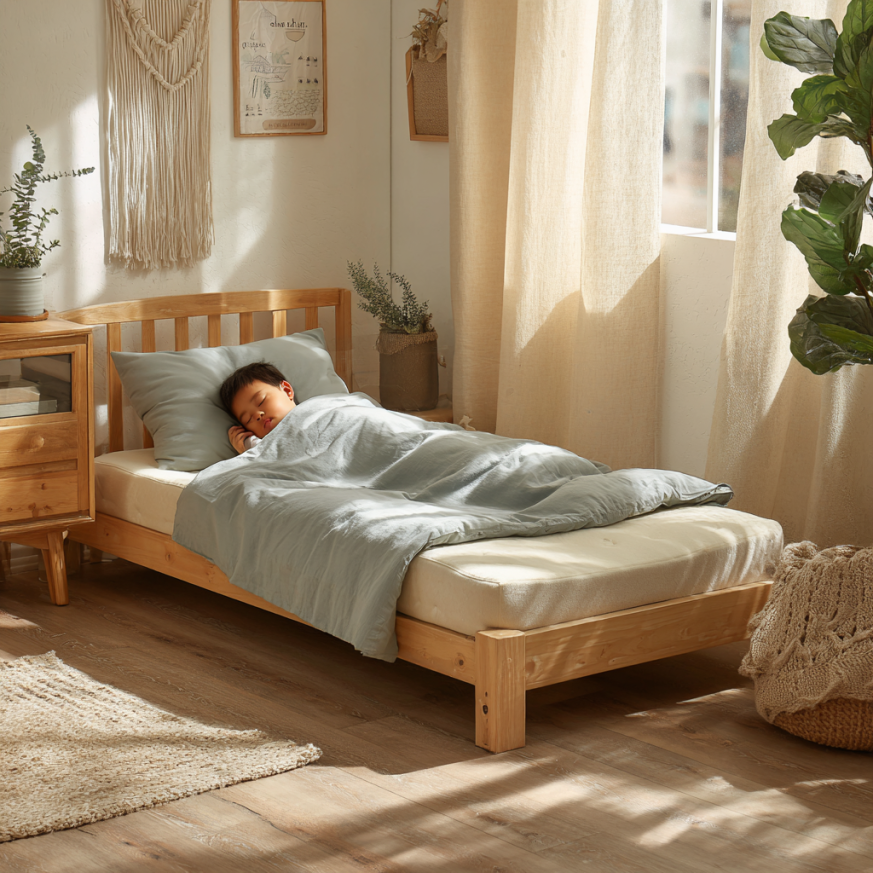
Key Considerations When Choosing a Toddler Bed Mattress
Mattress Size and Fit
In two lines: Standard size is 28″ × 52″, the same as a crib mattress. Always measure your bed frame to ensure there are no unsafe gaps.
Start with dimensions. A toddler bed mattress should press cleanly against all sides of the frame. If you can insert more than two fingers between the mattress and frame, the fit is too loose. Reusing a crib mattress? Check for sagging or body impressions—if it’s tired, your child won’t get the firm support they need. For a room-by-room transition checklist, revisit Transitioning from Crib to Toddler Bed.
Firmness and Support
In two lines: Toddlers need firm support to keep spines aligned. Plush “adult” comfort can feel nice but may compromise stability for little bodies.
Press the mattress center and edges—both should rebound quickly. Look for stable edges to help toddlers who sit or scoot near the side. Because firmness ratings aren’t standardized, combine brand specs with your hands-on check and recognized material certifications.
Breathability and Temperature Regulation
In two lines: Breathable builds reduce overheating and cut down on wake-ups. Prioritize airflow features if your child runs warm at night.
Open-cell foams, ventilated cores, or latex help air circulate. A breathable, removable cover adds cooling and easy cleanup. For seasonal bedding adjustments that support airflow, see Parachute’s practical advice on layering for warmer nights.
Materials and Safety
In two lines: Choose low-emission, non-toxic materials and verify with third-party certifications.
For foam models, look for CertiPUR-US®. For emissions, GREENGUARD Gold is widely recognized. For textiles, OEKO-TEX® helps confirm safety. If sustainability matters, complement your pick with organic bedding, sustainable bedding, or eco-conscious sheets to keep the whole sleep setup healthier.
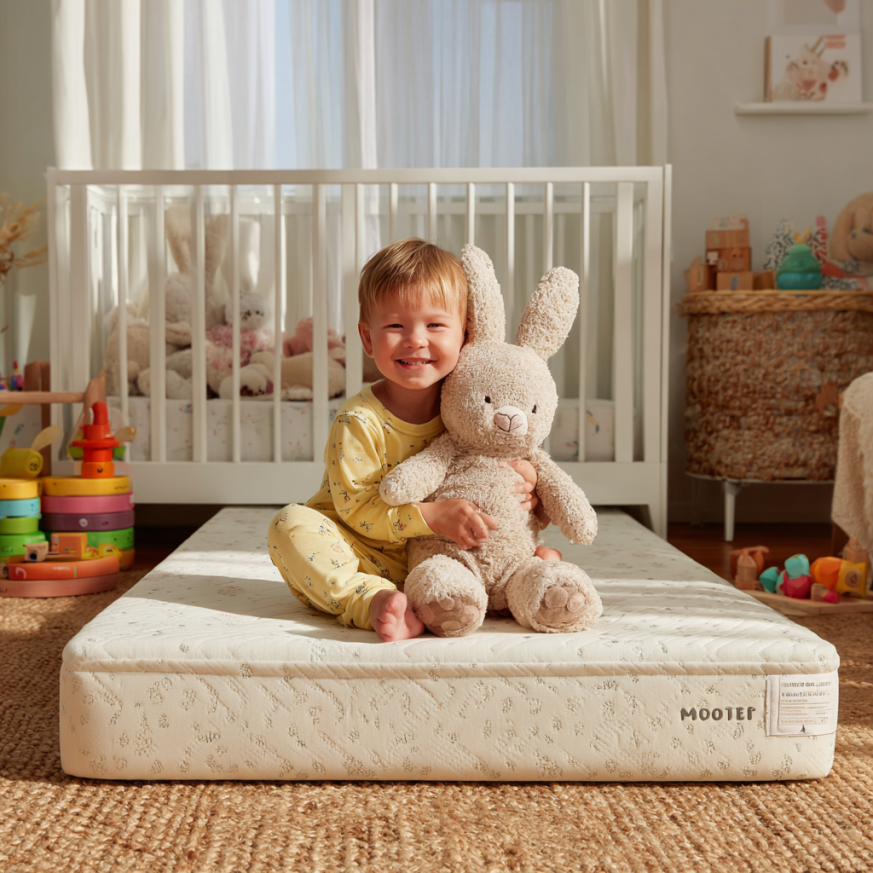
Benefits You’ll Notice with a Quality Toddler Mattress
Better Sleep = Better Days
In two lines: High-quality support helps kids fall asleep faster, stay asleep longer, and wake up happier.
Quality sleep drives memory, mood, and immune function. A stable toddler bed mattress reduces tossing and turning, which supports consistent schedules and calmer mornings. For age-by-age sleep ranges, check the Sleep Foundation’s children and sleep guide.
Durability That Survives Toddler Life
In two lines: Dense cores and reinforced edges resist wear, keeping support strong through growth spurts and potty training.
Look for resilient materials—high-density foam, latex, or sturdy coils. Avoid deep body impressions or broken coils; those are signals to replace. To extend lifespan, BHG’s quick tips on care and rotation are handy: make a mattress last longer.
Cleaner, Fresher Sleep Surface
In two lines: A waterproof, hypoallergenic protector is non-negotiable for toddlers. It blocks moisture, odors, and dust mites.
Zip-on encasements minimize allergens and make cleanup faster. Combine with gentle, regular maintenance to keep fibers fresh and comfy. For care details, follow our trusted tutorials: How to Clean a Bed Mattress, How to Spot-Clean a Mattress, and Baking Soda Deodorizing Guide.
Exploring Bed Setup Options
Sticking with a Toddler Frame vs. Going Full Size
In two lines: A toddler frame saves space and keeps the sleep surface low. A full-size bed offers room to grow, but add rails and keep profiles low.
If you skip the toddler frame, choose a sturdy, low design with rails to keep kids secure. Use breathable, easy-wash layers; Parachute’s care guide for linens is a great reference: bedding wash & care. Whatever you choose, the toddler bed mattress must remain firm and gap-free.
Protectors & Encasements (Allergen + Bed Bug Considerations)
In two lines: A tight-weave, zippered encasement labeled waterproof and dust mite-resistant adds real protection.
In apartments or multi-child homes, an encasement can help you sleep easier. Keep it on 24/7 and wash per label. Pair with regular vacuuming and quick spot-cleaning for a healthier sleep zone.
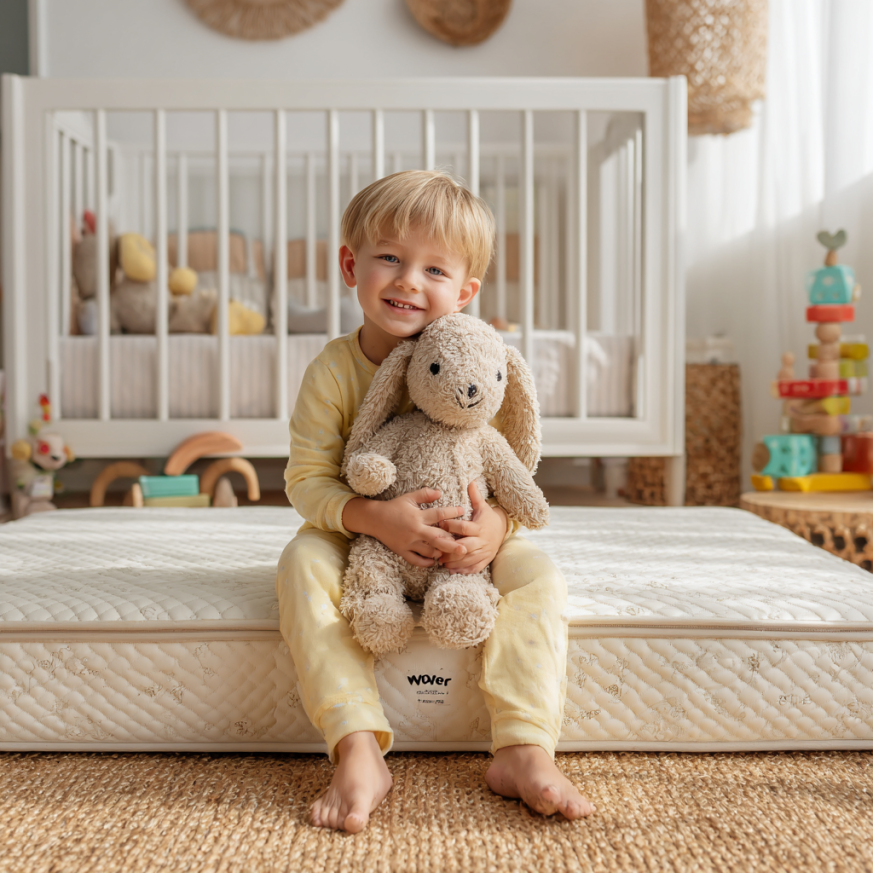
Toddler Mattress Types: How They Compare
Innerspring Mattresses
In two lines: Firm, airy, and often budget-friendly. Great airflow, basic pressure relief.
Steel coils provide bounce and stability, while open interiors promote ventilation. Check edge support and avoid thin comfort layers that compress quickly.
Memory Foam Mattresses
In two lines: Contouring comfort with potential heat buildup if not ventilated.
Choose open-cell or ventilated memory foam for better airflow. Confirm CertiPUR-US® certification and consider a breathable cover to keep temps even.
Hybrid Mattresses
In two lines: Coil base + foam or latex top = durable support with a cushioned feel.
Hybrids balance contouring and bounce. Look for reinforced edges and washable covers to simplify cleanup after spills.
Latex Mattresses
In two lines: Naturally breathable, supportive, and often longer-lasting.
Latex resists impressions and supports growing bodies well. If eco-impact matters, match your toddler bed mattress with organic bedding or eco-conscious sheets for a lower-VOC setup.
Eco-Friendly vs. Conventional: What Actually Matters
Answer first: Eco-friendly builds can reduce odors and emissions, but firmness and fit still come first.
Consider the full picture: low-VOC foams, organic textiles, and recyclable packaging. Eco choices often breathe better, which helps temperature-sensitive sleepers. Balance sustainability with practical needs—support, safety, and easy care.
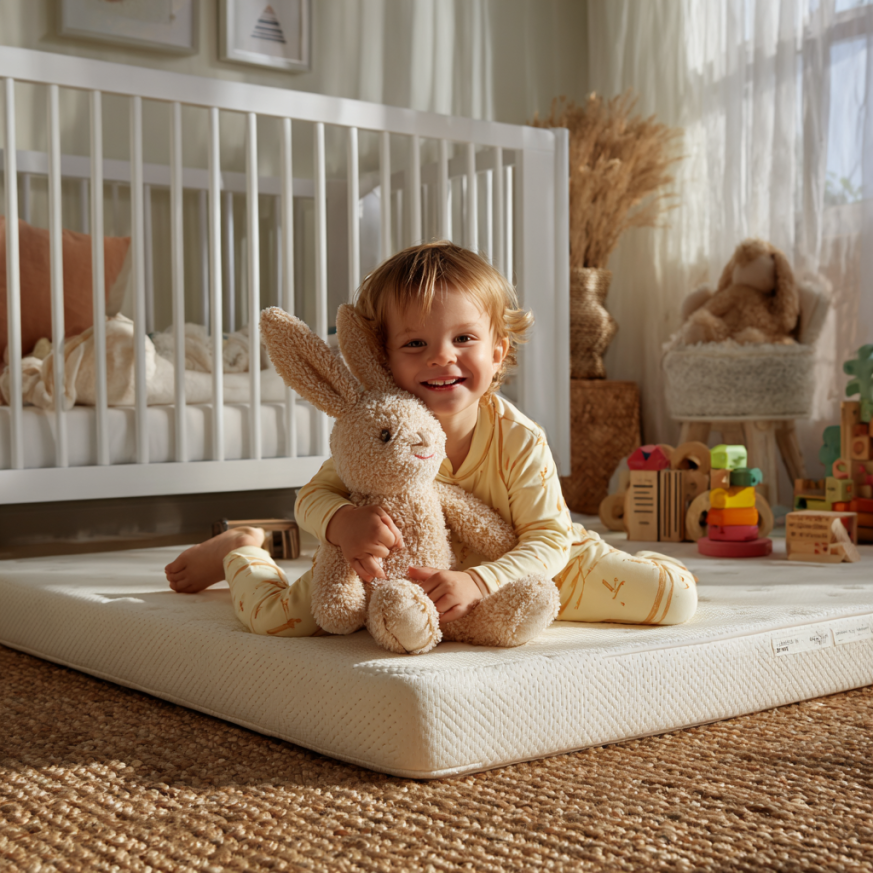
Buyer’s Guide: Quick Checklist & Certifications
Answer first: Use this checklist to pick confidently online or in-store.
- Size/Fit: 28″ × 52″ (verify the frame); absolutely no gapping.
- Firmness: Quick rebound at center and edges; stable perimeter.
- Breathability: Ventilated core or breathable cover; temperature-neutral claims are a plus.
- Safety: CertiPUR-US® for foam, GREENGUARD Gold for emissions, OEKO-TEX® for textiles.
- Hygiene: Waterproof, hypoallergenic protector; removable/washable cover if possible.
- Care: Rotate every 2–3 months, air out monthly, and clean promptly after spills.
Caring for Your Toddler Bed Mattress
Regular Cleaning & Maintenance
In two lines: Vacuum, spot-clean, and keep a protector on—simple steps that make a big difference.
A quick vacuum during sheet changes reduces dust and allergens. Address spills immediately, then launder the protector per its tag. For step-by-step care, bookmark: How to Clean a Bed Mattress and How to Spot-Clean a Mattress.
Rotation Schedule
In two lines: Rotate every 2–3 months to spread wear and preserve support.
Frequent rotation helps foams and hybrids keep their feel longer—especially useful during growth spurts.
Airing Out
In two lines: Air monthly to release moisture and odors.
Strip bedding and let the toddler bed mattress breathe for a few hours. Indirect sunlight and open windows help freshen fibers naturally.
Final Thoughts
Choosing the best toddler bed mattress is a loving investment in safer, calmer nights. Prioritize a snug fit, firm support, and breathable, low-emission materials. With a good protector, gentle cleaning, and occasional rotation, you’ll set up years of cozier, healthier sleep. For more tips and room-transition ideas, start with our crib-to-toddler transition guide from Cozy Bed Quarters.
FAQ
- What size mattress fits a toddler bed?
- A standard toddler mattress is 28″ × 52″. Measure your frame to confirm a snug, gap-free fit.
- How firm should a toddler bed mattress be?
- Firm enough to keep the spine aligned without deep sink-in; quick rebound on a press test is a good sign.
- Is memory foam safe for toddlers?
- Yes—choose a breathable, CertiPUR-US® certified foam and pair it with a waterproof, hypoallergenic protector.


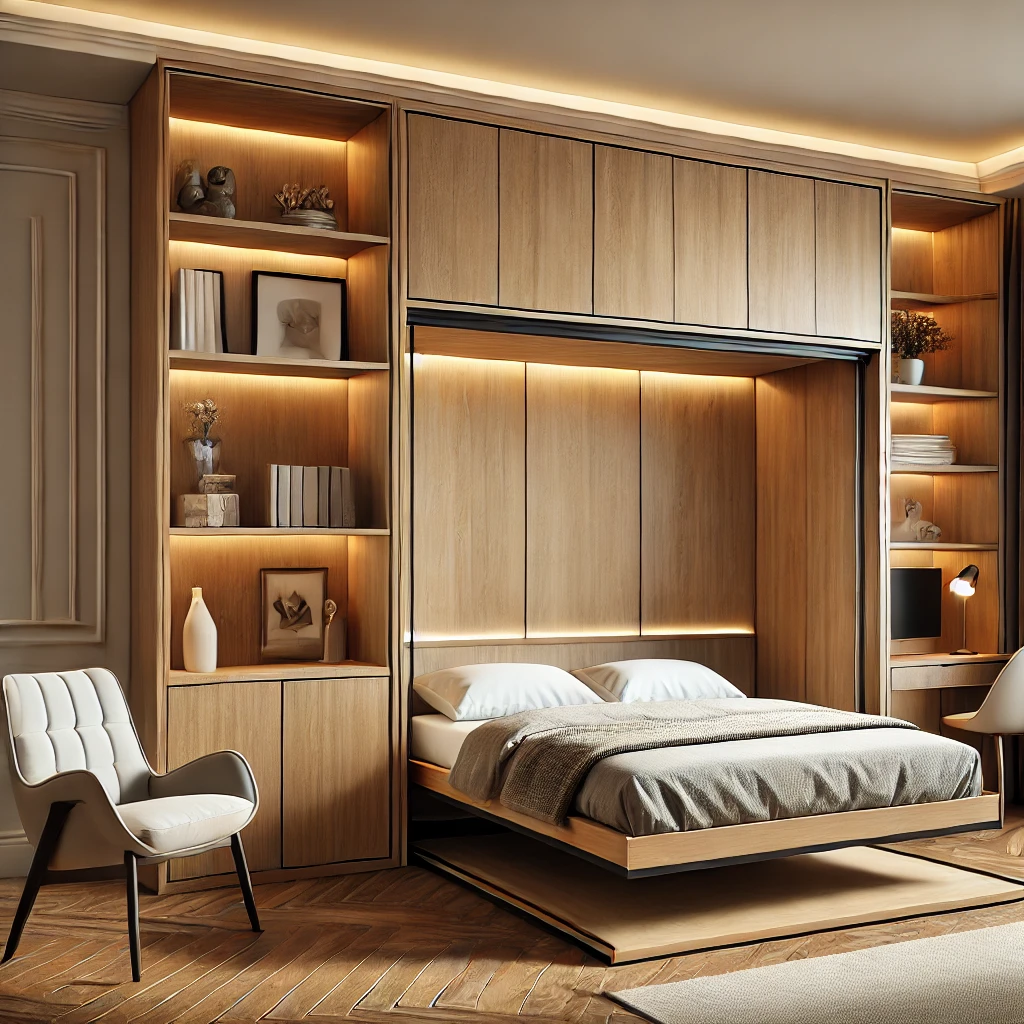
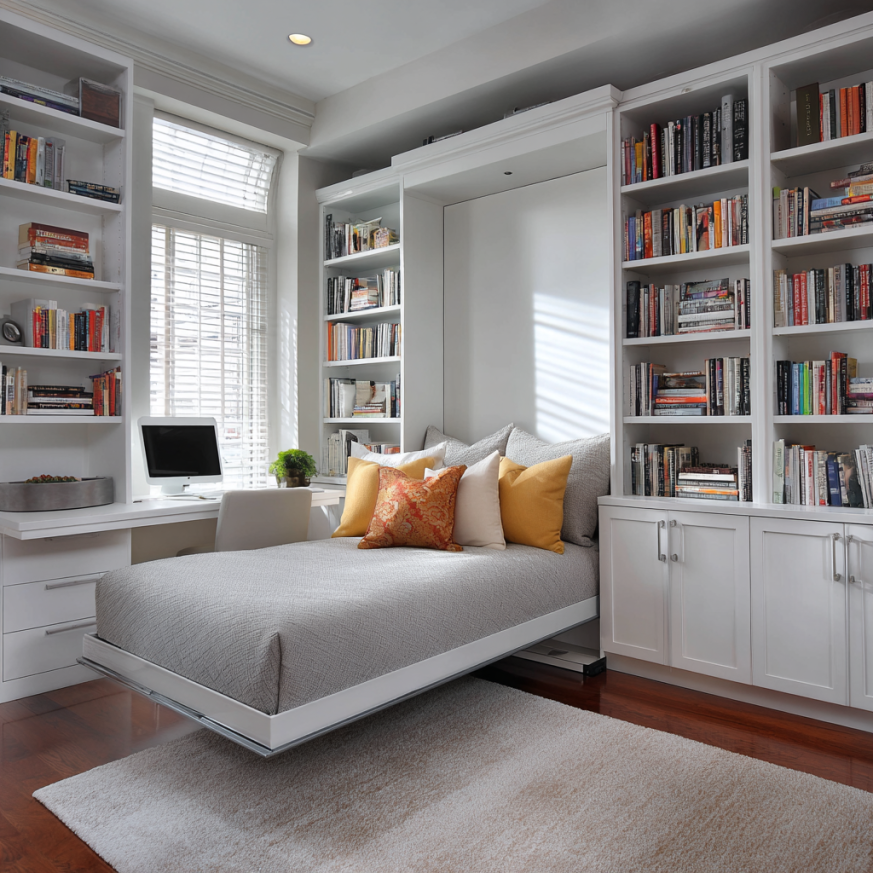
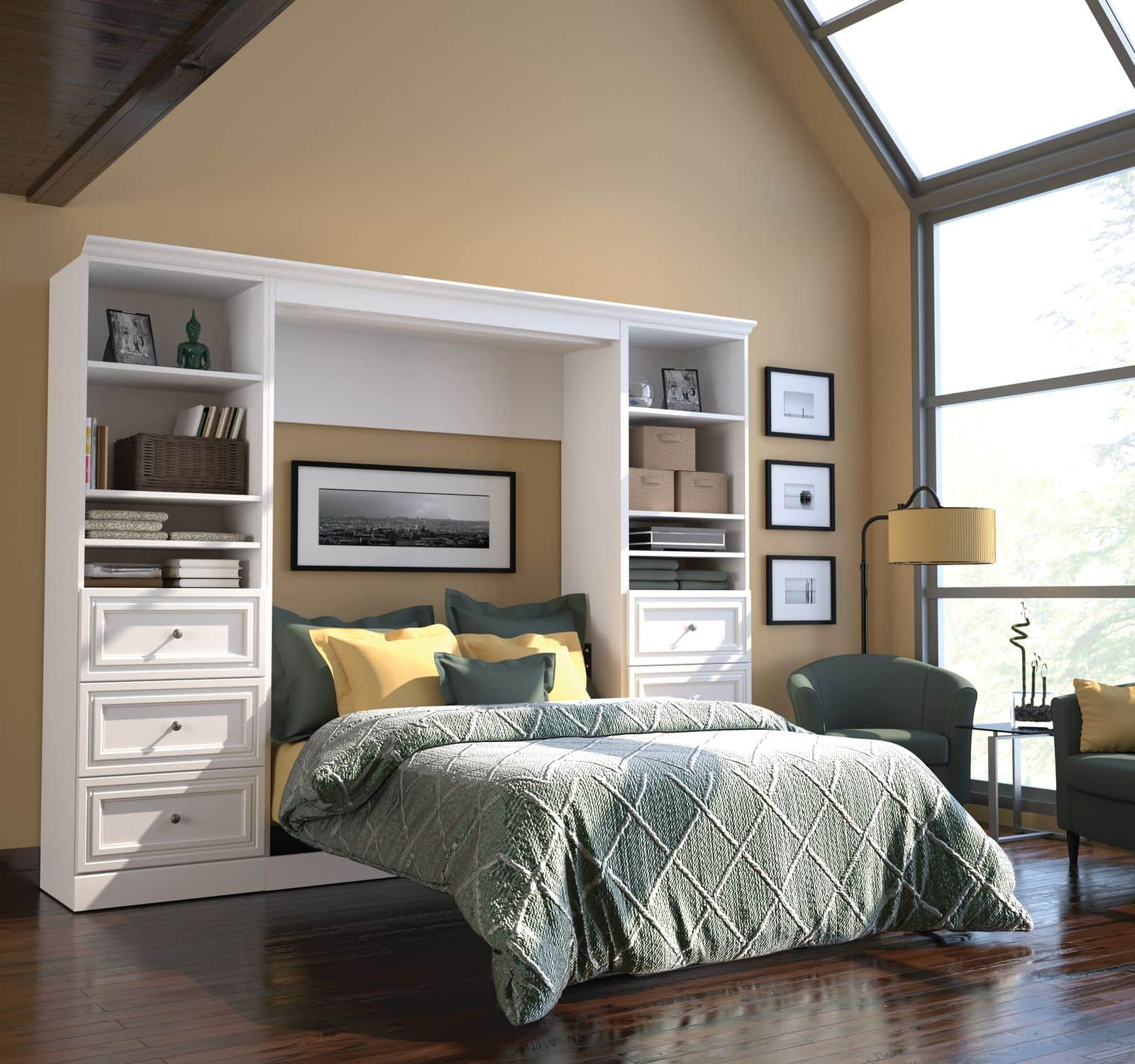
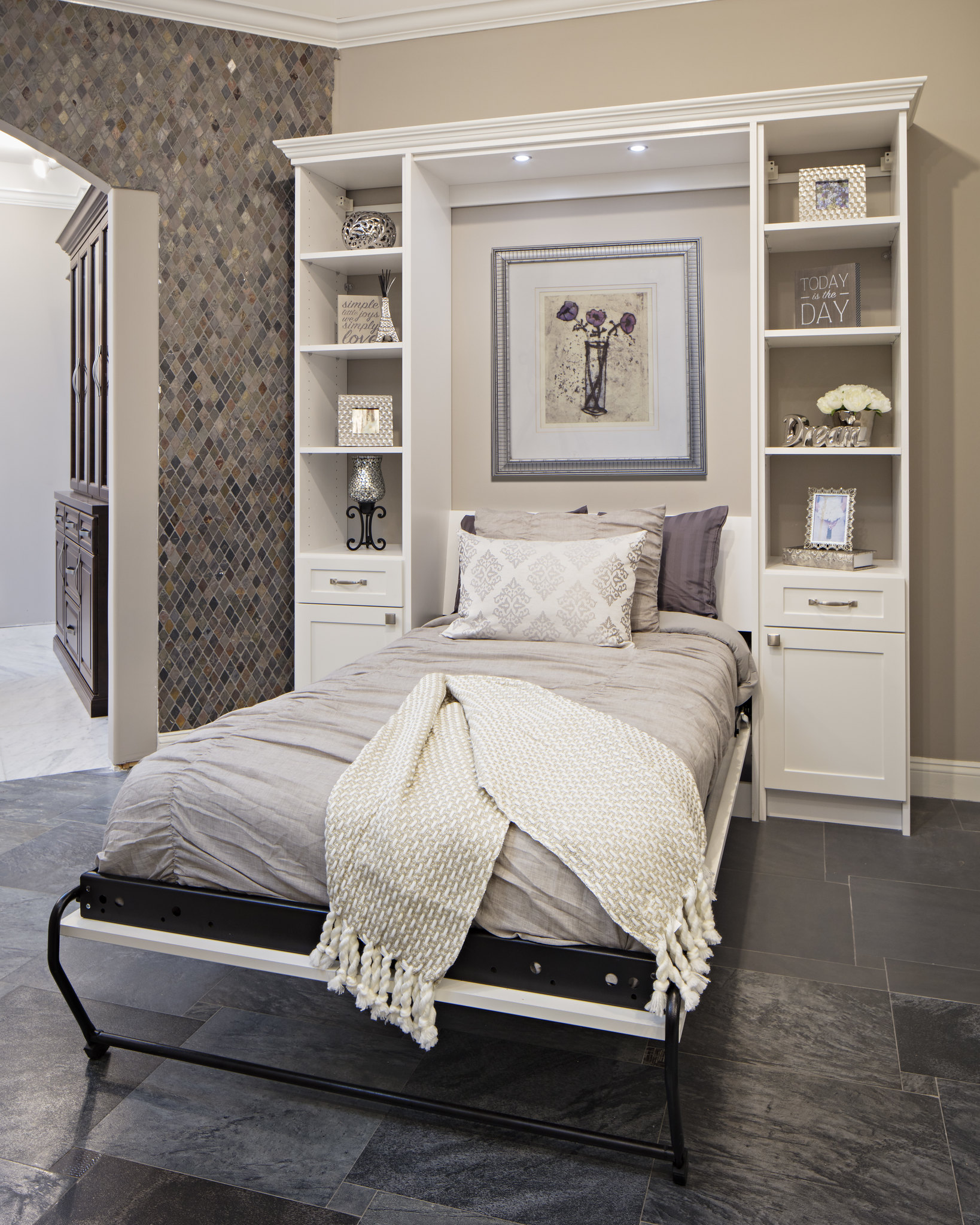
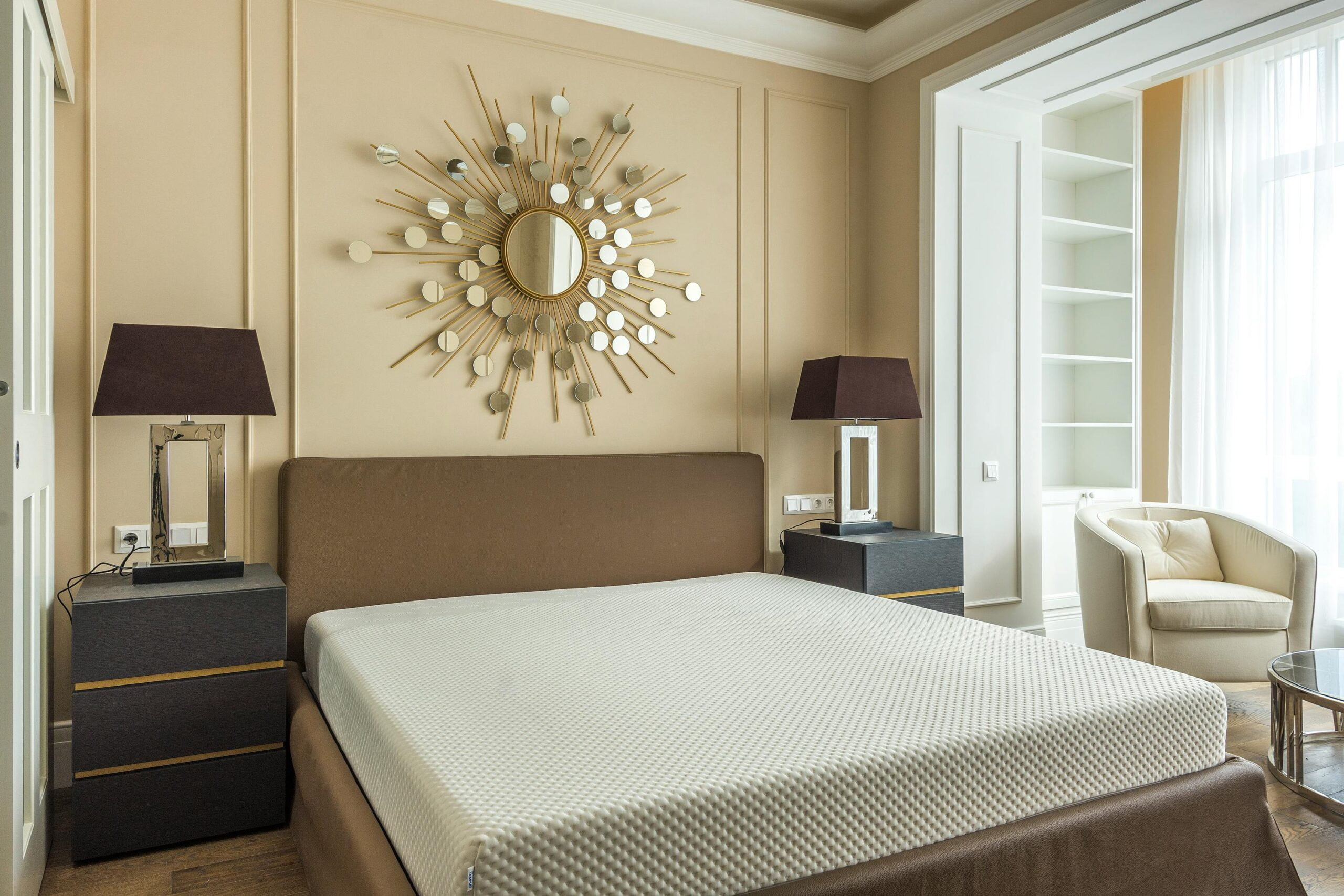
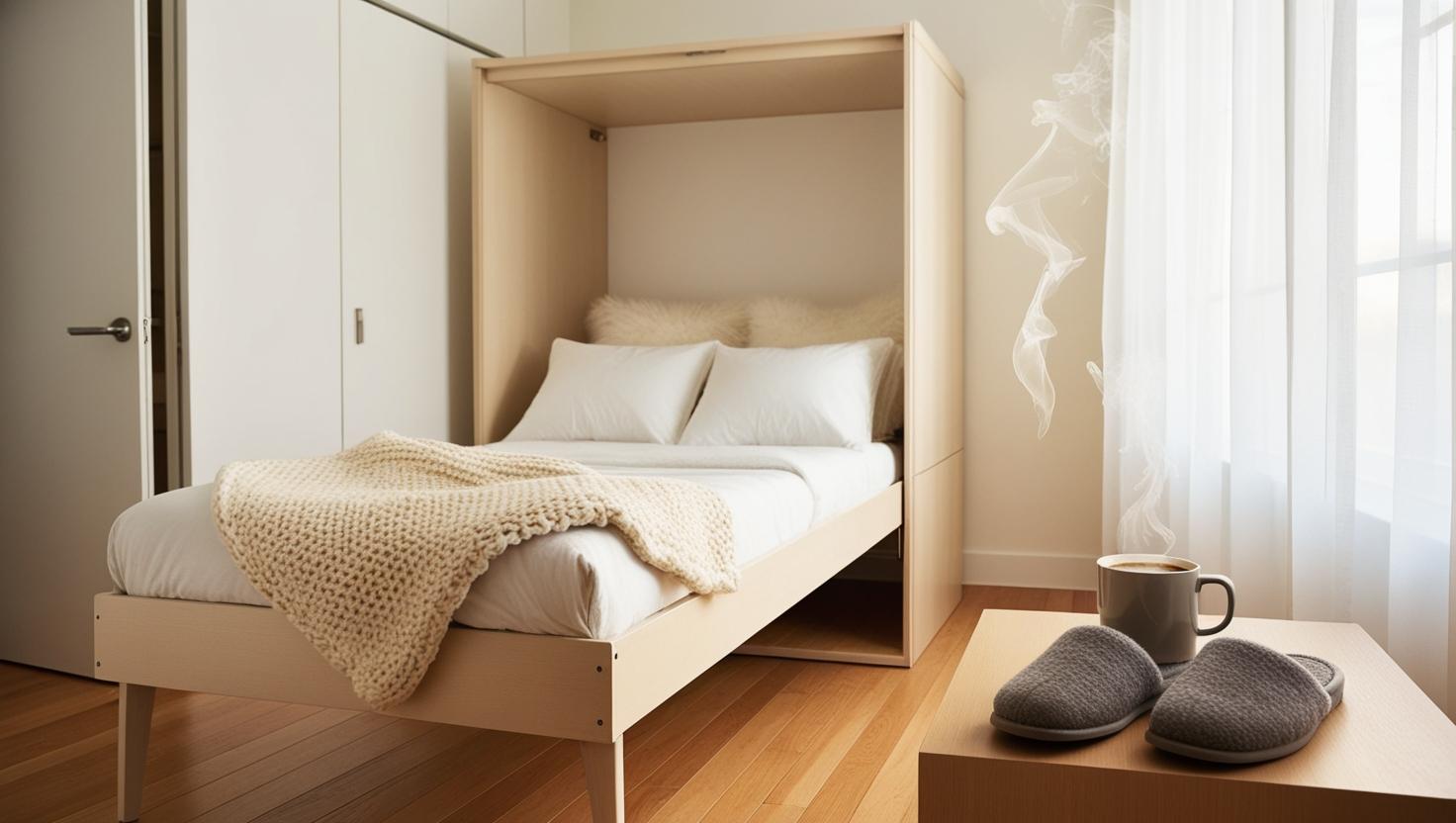
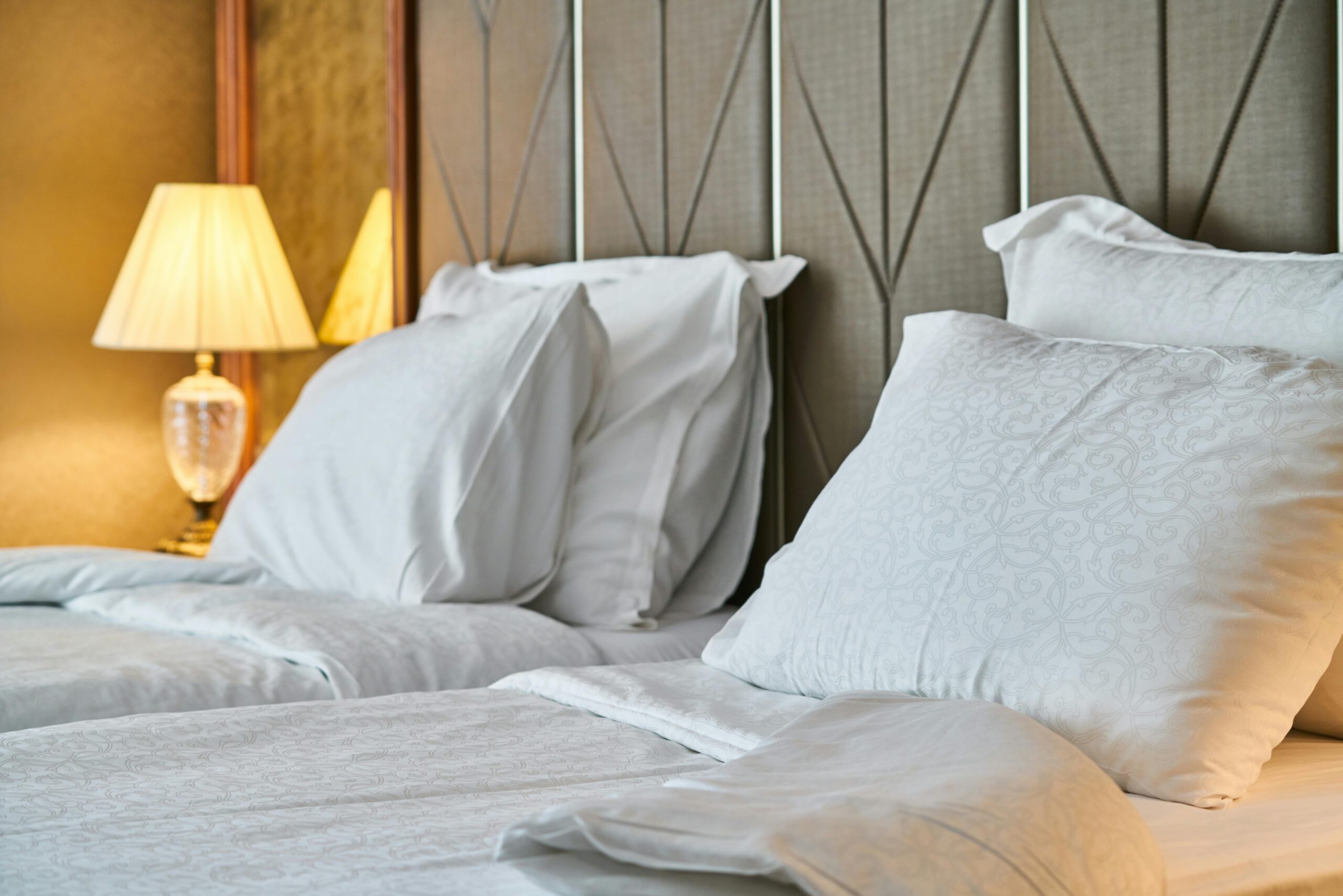

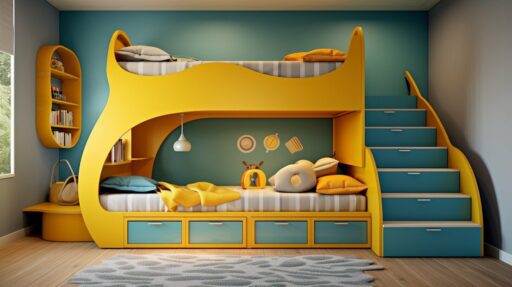

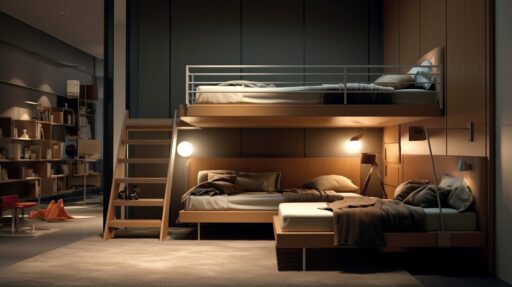
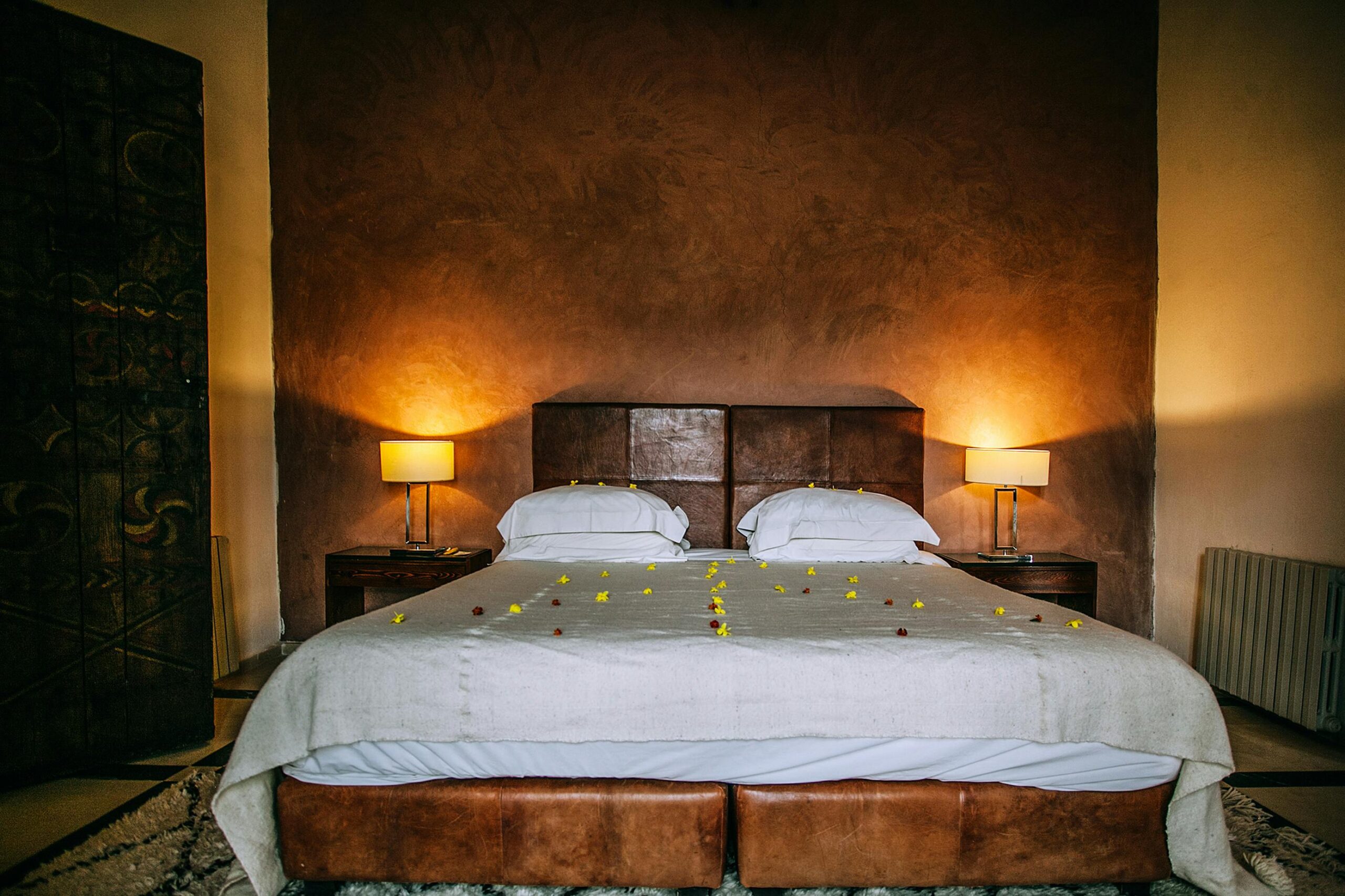
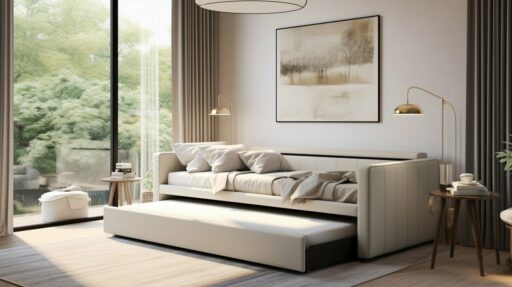
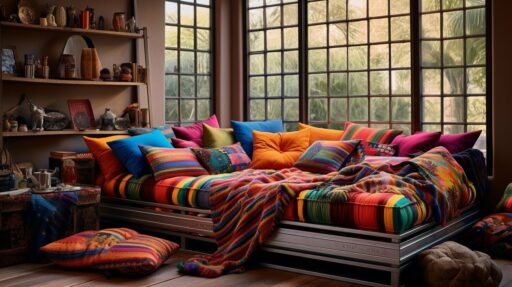
 Investing in a high‑quality trundle bed mattress transforms your spare room, office, or child’s bedroom into a flexible sleeping solution. With a reliable hybrid mattress, you don’t just save space—you upgrade your home’s comfort level too.
Investing in a high‑quality trundle bed mattress transforms your spare room, office, or child’s bedroom into a flexible sleeping solution. With a reliable hybrid mattress, you don’t just save space—you upgrade your home’s comfort level too.